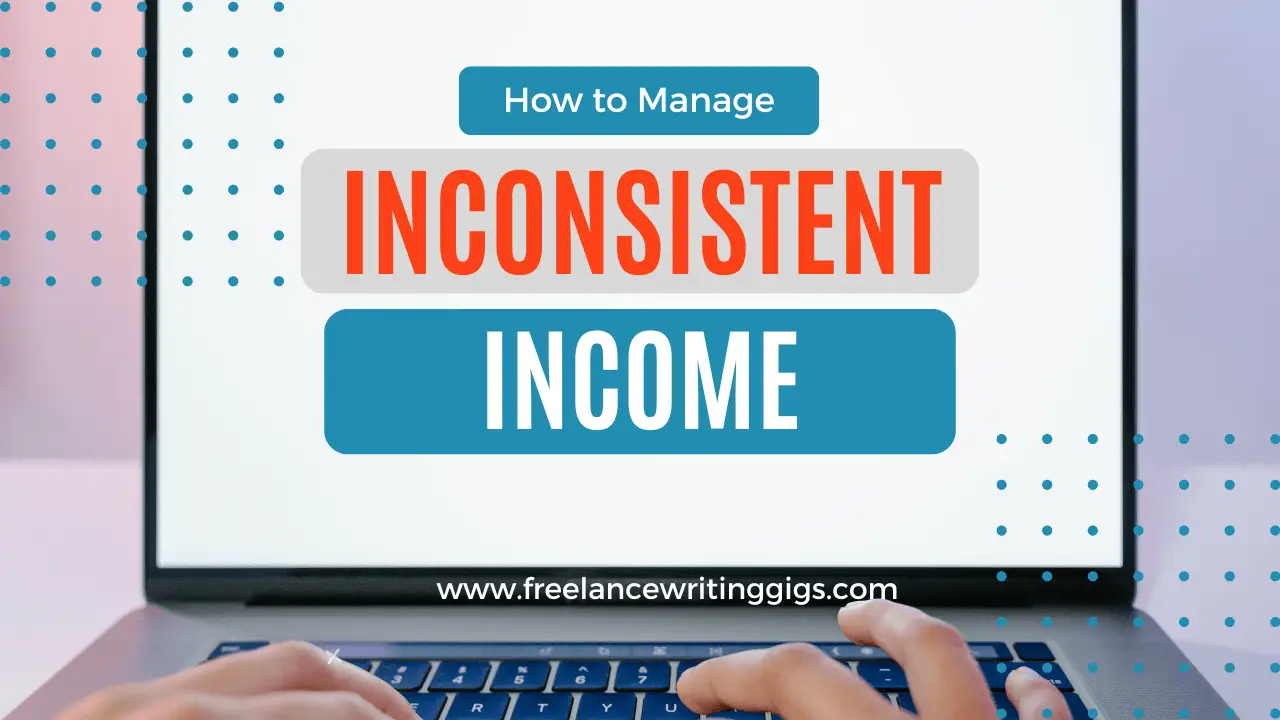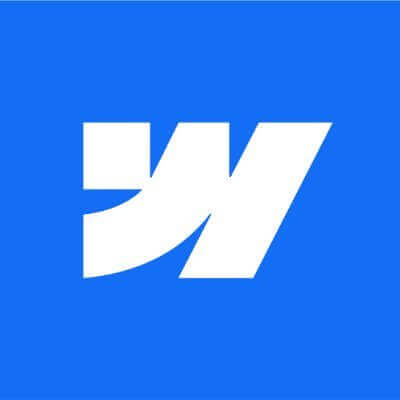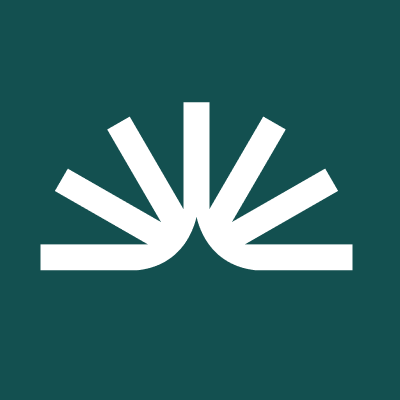Coca-Cola brings back ‘Share a Coke’ for Gen Z
For the first time in over a decade, Coca-Cola is relaunching its iconic “Share a Coke” campaign. This time around, it’s targeting Gen Z. When “Share a Coke” first debuted in Australia in 2011, replacing the “Coca-Cola” logo on Coke bottles with 150 of the most popular names in the region, it sold 250 million named bottles and cans in a nation of just under 23 million people. The idea was so successful that, over time, Coca-Cola replicated it in 70 different countries. And this April 1, a new version of “Share a Coke” is rolling out globally. The bones of the concept are the same as when it debuted more than a decade ago: In each local market, a range of the most popular regional names has been selected and printed onto Coke bottles and cans. This time, though, the campaign is including an expanded range of names, launching on a broader scale, and adding a few digital touches to attract a younger generation. The company is positioning this relaunch as a campaign with “unprecedented personalization” for Gen Z, but it’s a tough sell in an era when AI has made personalized marketing a much more achievable reality. Instead, it’s more like a nostalgic re-run with a couple modern tweaks—and it might not be enough to impress a new, digitally native generation. [Image: Coca-Cola] Coca-Cola’s plan to recruit young consumers According to the industry research firm IBIS, American consumption of soft drinks has been on a steady decline since 1999. That year, the average American would’ve consumed 49.7 gallons of soda, compared to 42.2 gallons today. But while the category as a whole might be losing steam, Coca-Cola remains profitable: Net revenues were up 3% to $47.1 billion in 2024, and the company’s shares have gone up by about 14% in the past year. For Gen Z, there are a few factors that influence soda consumption. To start, many younger consumers are increasingly interested in wellness, and therefore are choosing “functional beverages” like prebiotic drinks or lower sugar options. But soda isn’t a lost cause, either: As many younger consumers opt to drink less or stay sober entirely, they’re turning to other kinds of drinks at the bar, including plain old soda. Trends like the rise of dirty soda also signal that Gen Z still enjoys a sugary drink here and there. Islam Eldessouky, Coca-Cola’s global vice president of creative strategy and content, says the company’s idea to bring “Share a Coke” back actually came up while discussing new ways to “recruit as many Gen Zers into the franchise as we can” (a mission that the company has already pursued with new flavor launches like Spiced and Orange Cream). “One key data point that came up is that 72% of Gen Zers are really aspiring to make real connections,” Eldessouky says. “While we were contemplating different ideas of bringing this aspect of connection to the brand, somebody said, ‘Share a Coke was built on that.’” Originally, he explains, “Share a Coke” was about creating organic connections, like finding a bottle with a friend’s name on it and sharing it with them. In 2011—an era when “the whole notion of personalization was very basic and very primitive,” he says—discovering a Coke with your name on it felt especially exciting. To reinvent the concept in 2025 for a digitally native generation, though, the Coca-Cola team felt they’d have to do something bigger. [Image: Coca-Cola] A more digital ‘Share a Coke’ There are a few ways that Coca-Cola is seeking to make this new campaign feel more weighty. The scale is literally larger. This campaign is launching globally in 120 different markets over the course of the coming year, starting in North America, Latin America, and Asia South Pacific. The actual number of names used is greater as well, though the specific statistics vary by market. This version of the campaign will also include two new digital elements: “Memory Maker,” which lets users scan a QR code on their bottle to upload photos and videos to something like a Coke-powered group chat, and a new customization platform which lets fans order a Coke bottle online with a custom name or word (though, Eldessouky assures me, the platform won’t allow users to enter anything obscene or inflammatory). In addition, Coca-Cola is partnering with McDonald’s on an exclusive “Share a Coke” meal bundle, which will be available in the fast food chain’s restaurants. Coca-Cola says the goal of the ”Share a Meal,” as the company calls its, is to incentivize friend groups to connect in person rather than online. Part of the strategy of this partnership, Eldessouky says, is to provide Gen Z consumers with an accessible, inexpensive “third place.” “The third place is something that Gen Z is really craving, because it’s a very connected generation digitally, but they desire much more connection in real life than other generations,” Eldessouky says. “We’re trying to give [Gen Z] a lot of opportunities where they can actually go and

For the first time in over a decade, Coca-Cola is relaunching its iconic “Share a Coke” campaign. This time around, it’s targeting Gen Z.
When “Share a Coke” first debuted in Australia in 2011, replacing the “Coca-Cola” logo on Coke bottles with 150 of the most popular names in the region, it sold 250 million named bottles and cans in a nation of just under 23 million people. The idea was so successful that, over time, Coca-Cola replicated it in 70 different countries. And this April 1, a new version of “Share a Coke” is rolling out globally.
The bones of the concept are the same as when it debuted more than a decade ago: In each local market, a range of the most popular regional names has been selected and printed onto Coke bottles and cans. This time, though, the campaign is including an expanded range of names, launching on a broader scale, and adding a few digital touches to attract a younger generation.
The company is positioning this relaunch as a campaign with “unprecedented personalization” for Gen Z, but it’s a tough sell in an era when AI has made personalized marketing a much more achievable reality. Instead, it’s more like a nostalgic re-run with a couple modern tweaks—and it might not be enough to impress a new, digitally native generation.

Coca-Cola’s plan to recruit young consumers
According to the industry research firm IBIS, American consumption of soft drinks has been on a steady decline since 1999. That year, the average American would’ve consumed 49.7 gallons of soda, compared to 42.2 gallons today. But while the category as a whole might be losing steam, Coca-Cola remains profitable: Net revenues were up 3% to $47.1 billion in 2024, and the company’s shares have gone up by about 14% in the past year.
For Gen Z, there are a few factors that influence soda consumption. To start, many younger consumers are increasingly interested in wellness, and therefore are choosing “functional beverages” like prebiotic drinks or lower sugar options. But soda isn’t a lost cause, either: As many younger consumers opt to drink less or stay sober entirely, they’re turning to other kinds of drinks at the bar, including plain old soda. Trends like the rise of dirty soda also signal that Gen Z still enjoys a sugary drink here and there.
Islam Eldessouky, Coca-Cola’s global vice president of creative strategy and content, says the company’s idea to bring “Share a Coke” back actually came up while discussing new ways to “recruit as many Gen Zers into the franchise as we can” (a mission that the company has already pursued with new flavor launches like Spiced and Orange Cream).
“One key data point that came up is that 72% of Gen Zers are really aspiring to make real connections,” Eldessouky says. “While we were contemplating different ideas of bringing this aspect of connection to the brand, somebody said, ‘Share a Coke was built on that.’”
Originally, he explains, “Share a Coke” was about creating organic connections, like finding a bottle with a friend’s name on it and sharing it with them. In 2011—an era when “the whole notion of personalization was very basic and very primitive,” he says—discovering a Coke with your name on it felt especially exciting. To reinvent the concept in 2025 for a digitally native generation, though, the Coca-Cola team felt they’d have to do something bigger.

A more digital ‘Share a Coke’
There are a few ways that Coca-Cola is seeking to make this new campaign feel more weighty. The scale is literally larger. This campaign is launching globally in 120 different markets over the course of the coming year, starting in North America, Latin America, and Asia South Pacific. The actual number of names used is greater as well, though the specific statistics vary by market.
This version of the campaign will also include two new digital elements: “Memory Maker,” which lets users scan a QR code on their bottle to upload photos and videos to something like a Coke-powered group chat, and a new customization platform which lets fans order a Coke bottle online with a custom name or word (though, Eldessouky assures me, the platform won’t allow users to enter anything obscene or inflammatory).
In addition, Coca-Cola is partnering with McDonald’s on an exclusive “Share a Coke” meal bundle, which will be available in the fast food chain’s restaurants. Coca-Cola says the goal of the ”Share a Meal,” as the company calls its, is to incentivize friend groups to connect in person rather than online. Part of the strategy of this partnership, Eldessouky says, is to provide Gen Z consumers with an accessible, inexpensive “third place.”
“The third place is something that Gen Z is really craving, because it’s a very connected generation digitally, but they desire much more connection in real life than other generations,” Eldessouky says. “We’re trying to give [Gen Z] a lot of opportunities where they can actually go and find these third places to connect.”
But the ‘Share a Coke’ concept doesn’t need add-ons
As a member of the campaign’s target demographic myself, I think the customization platform is a nice add-on that might allow those whose names are less common to still participate in the campaign. But the other elements fall flat.
The “Memory Maker” feature, for one, doesn’t exactly feel like the “unprecedented personalization” Coke hopes it will be. Today, given the advent of targeted marketing and AI tools, personalized campaigns just feel a lot less novel. Coca-Cola itself, for example, used AI in 2024 to make a holiday ad that was customized across 12 different U.S. geographies. Frankly, it’s tough to imagine many young people going through the effort of scanning a QR code in the first place, let alone using it to message friends. And a Coke and McDonald’s collaboration makes intuitive sense—but I’m not totally convinced by the idea that it’ll make McDonald’s a novel “third space” for Gen Zers who aren’t already hanging out there.
All in all, the new “Share a Coke” campaign doesn’t look very different from its 2011 iteration, and that’s fine. I just wish Coke had just gone full-on millennial nostalgia with the marketing (see this extremely 2010s ad, for example) rather than making a play at Gen Z that feels tired at best.











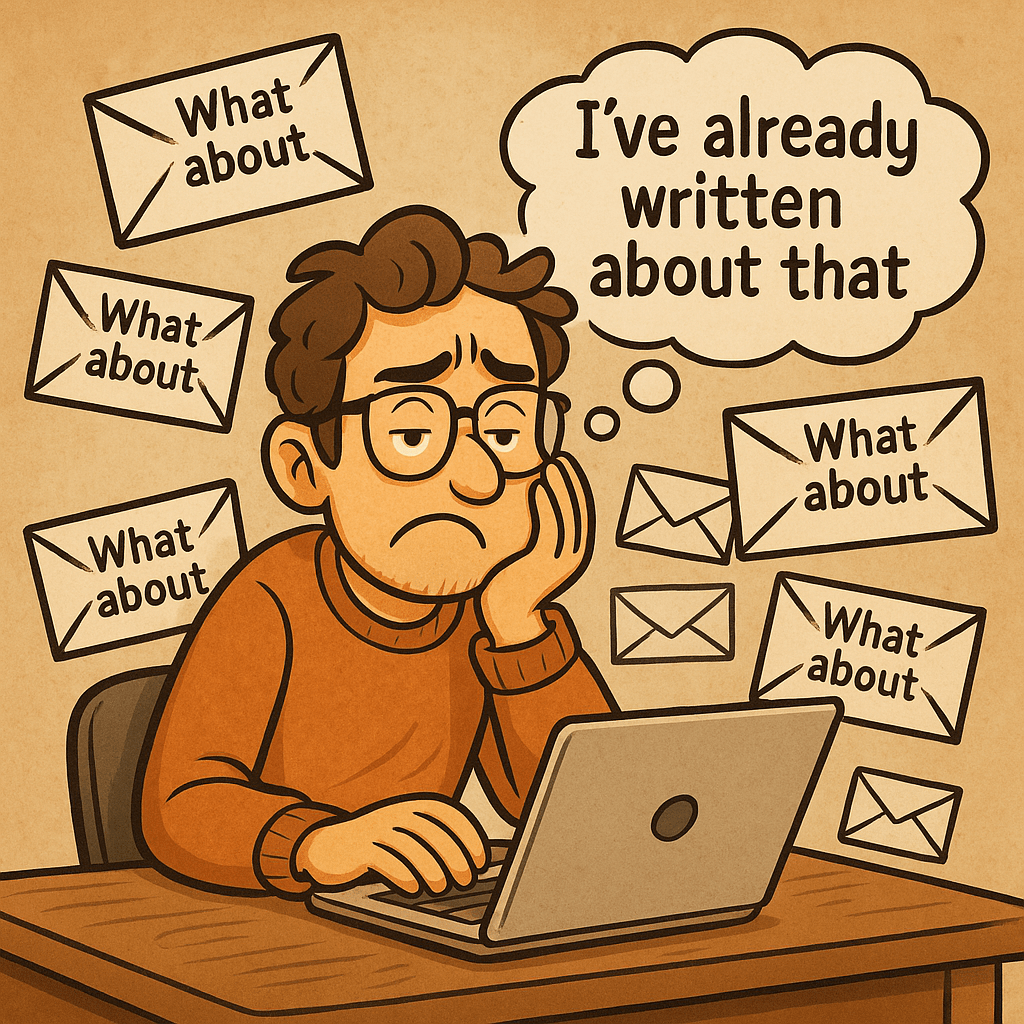






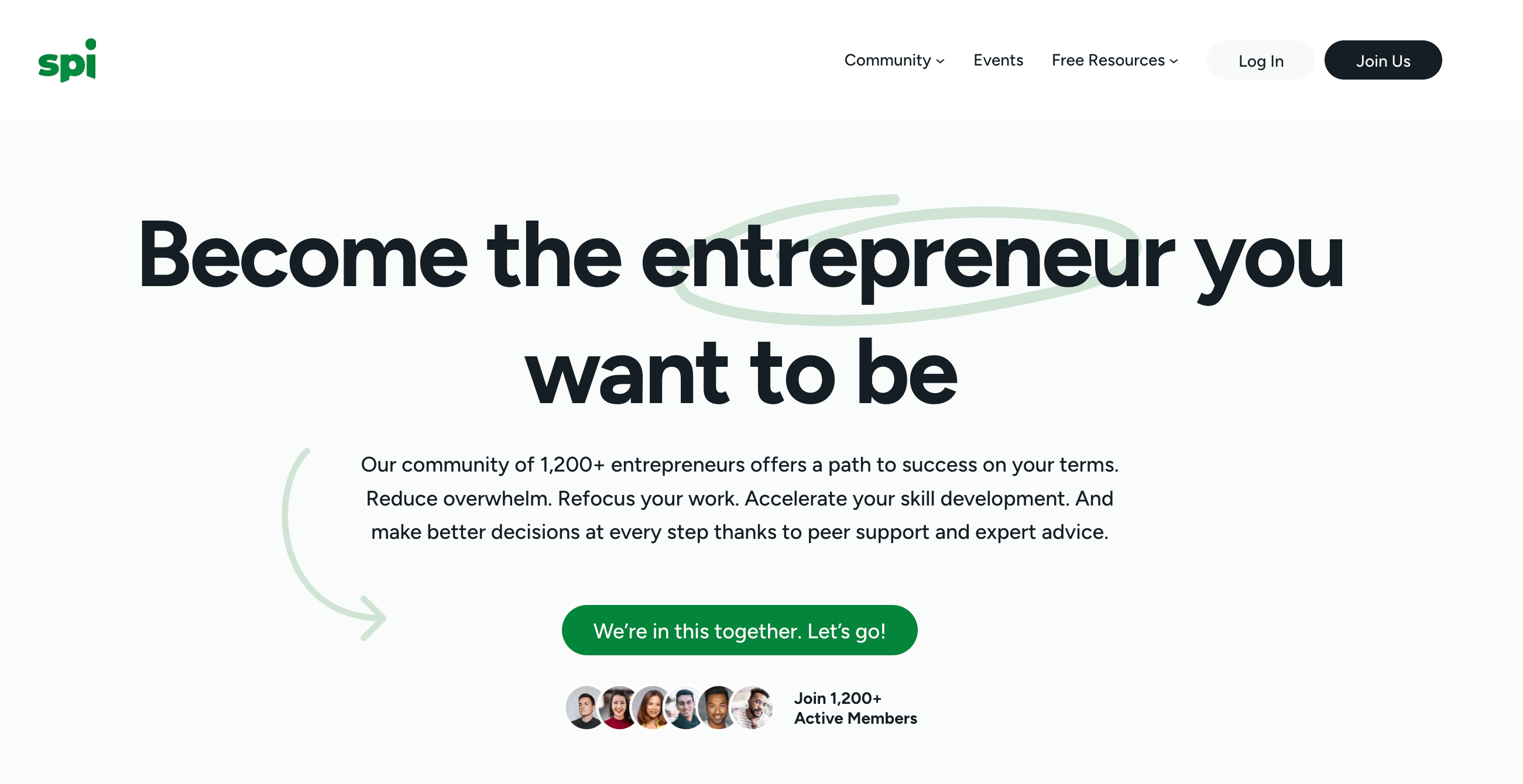

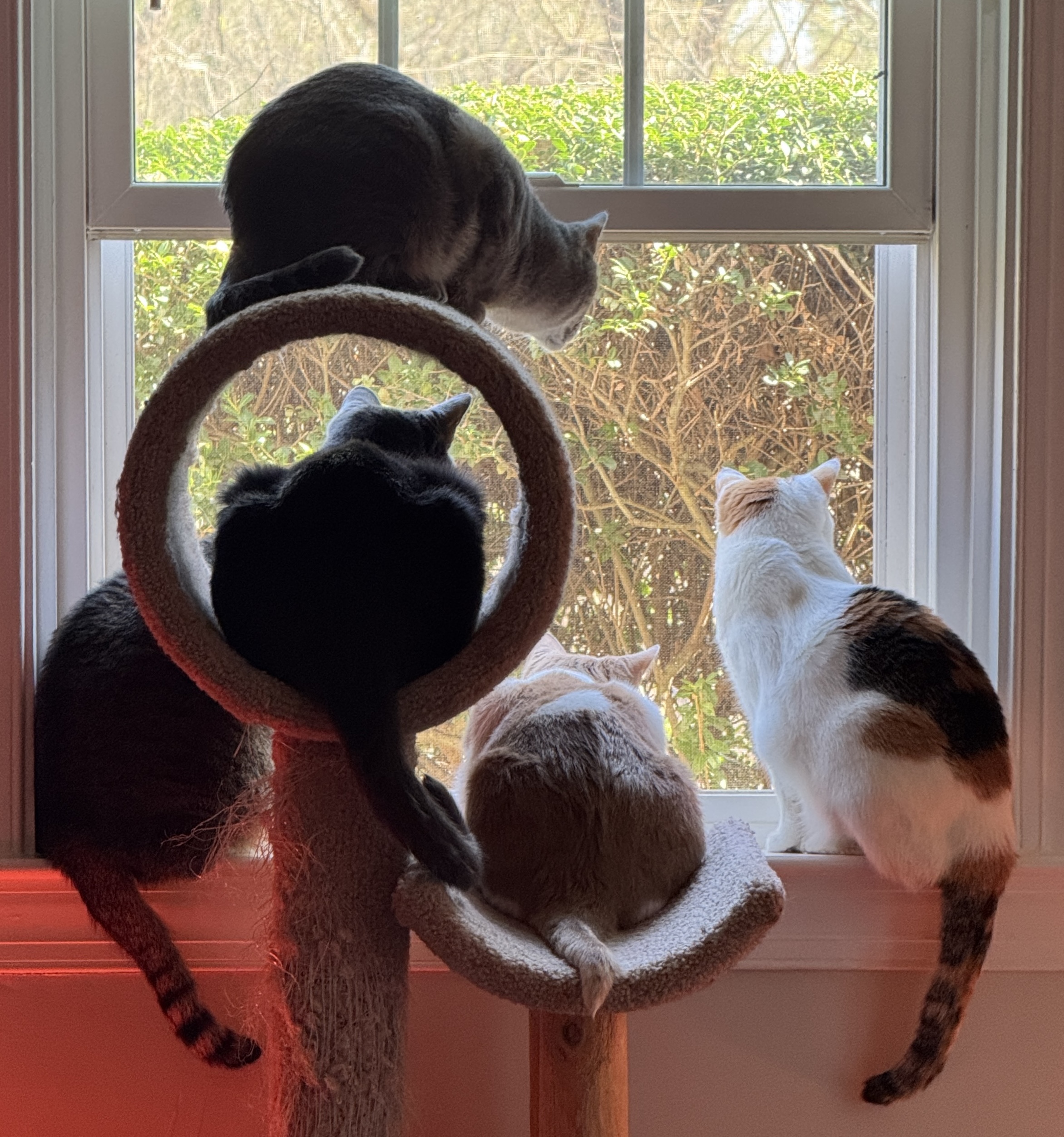
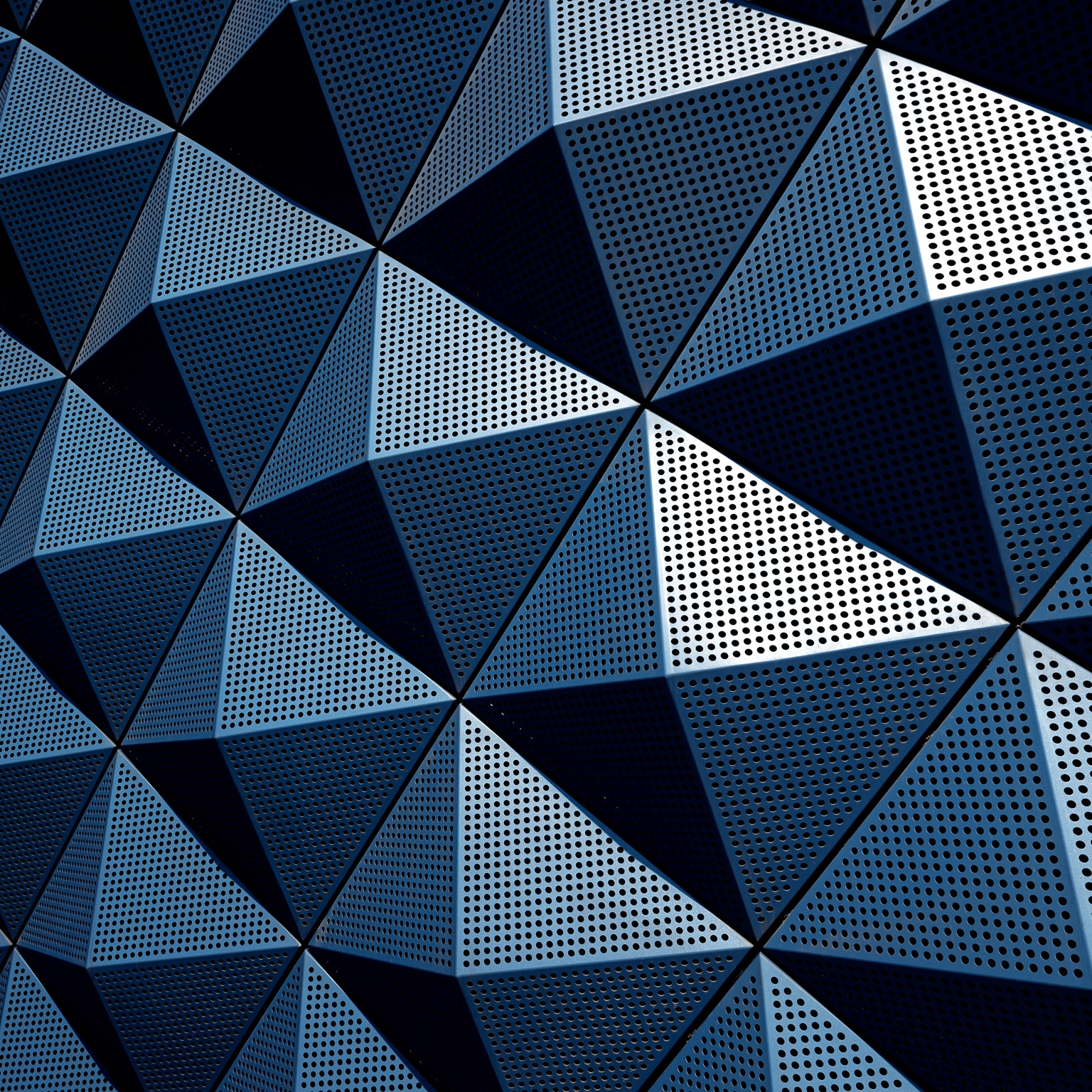
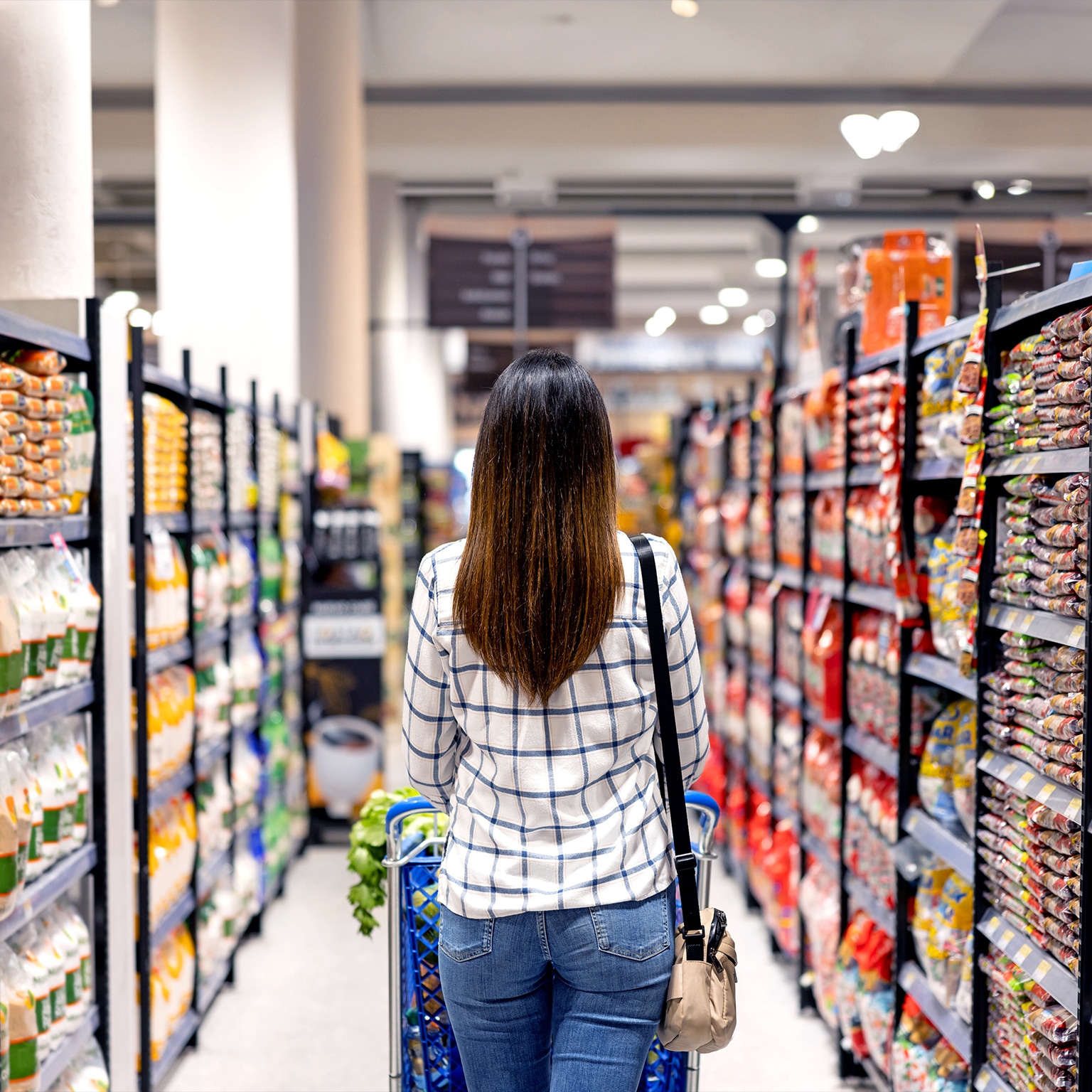

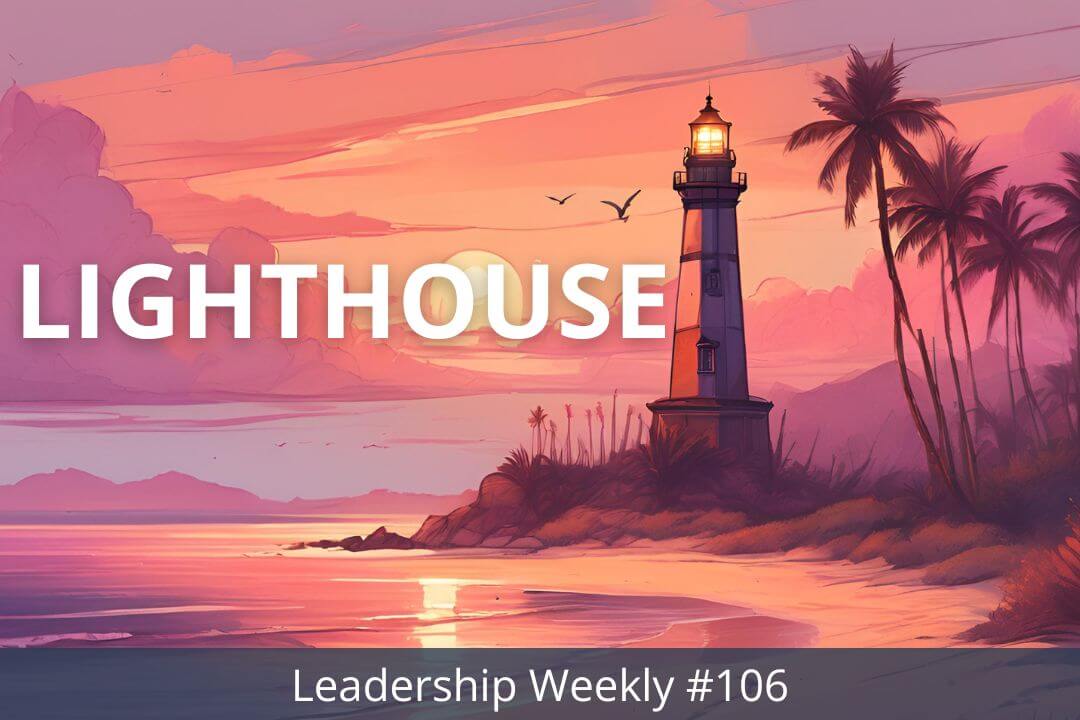

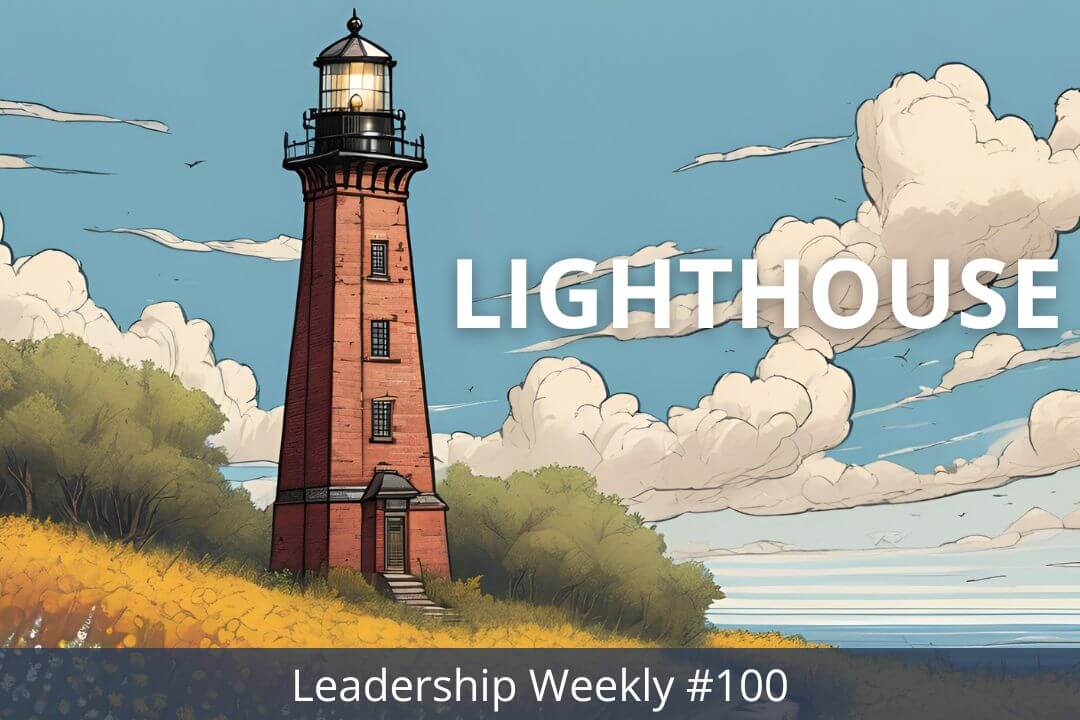
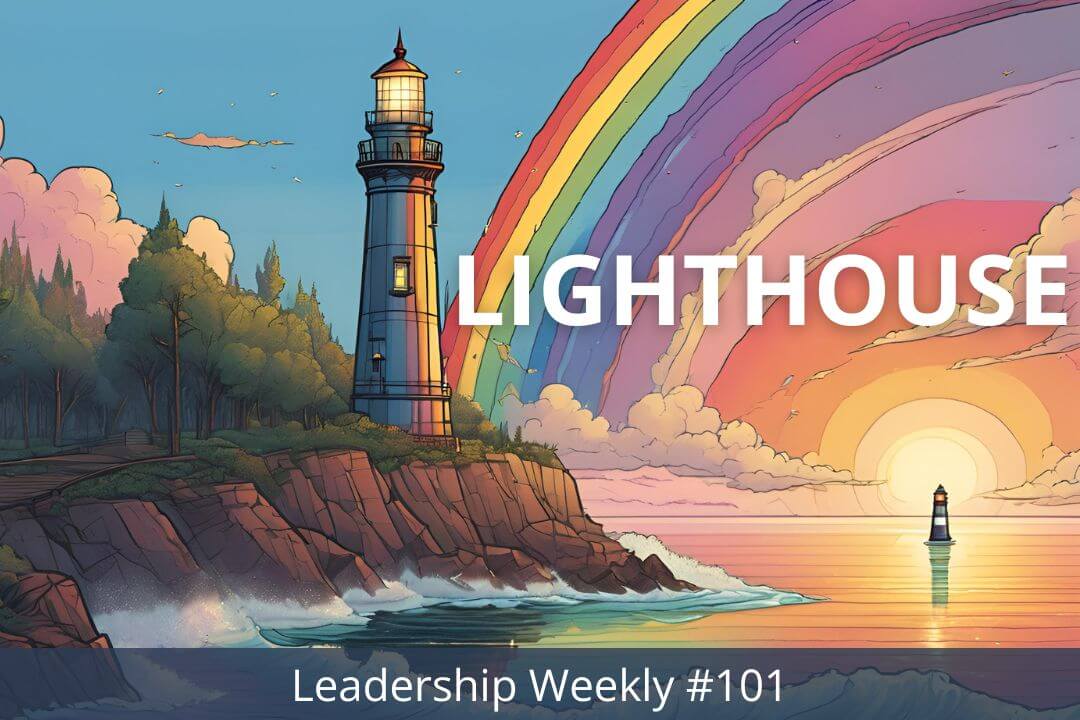
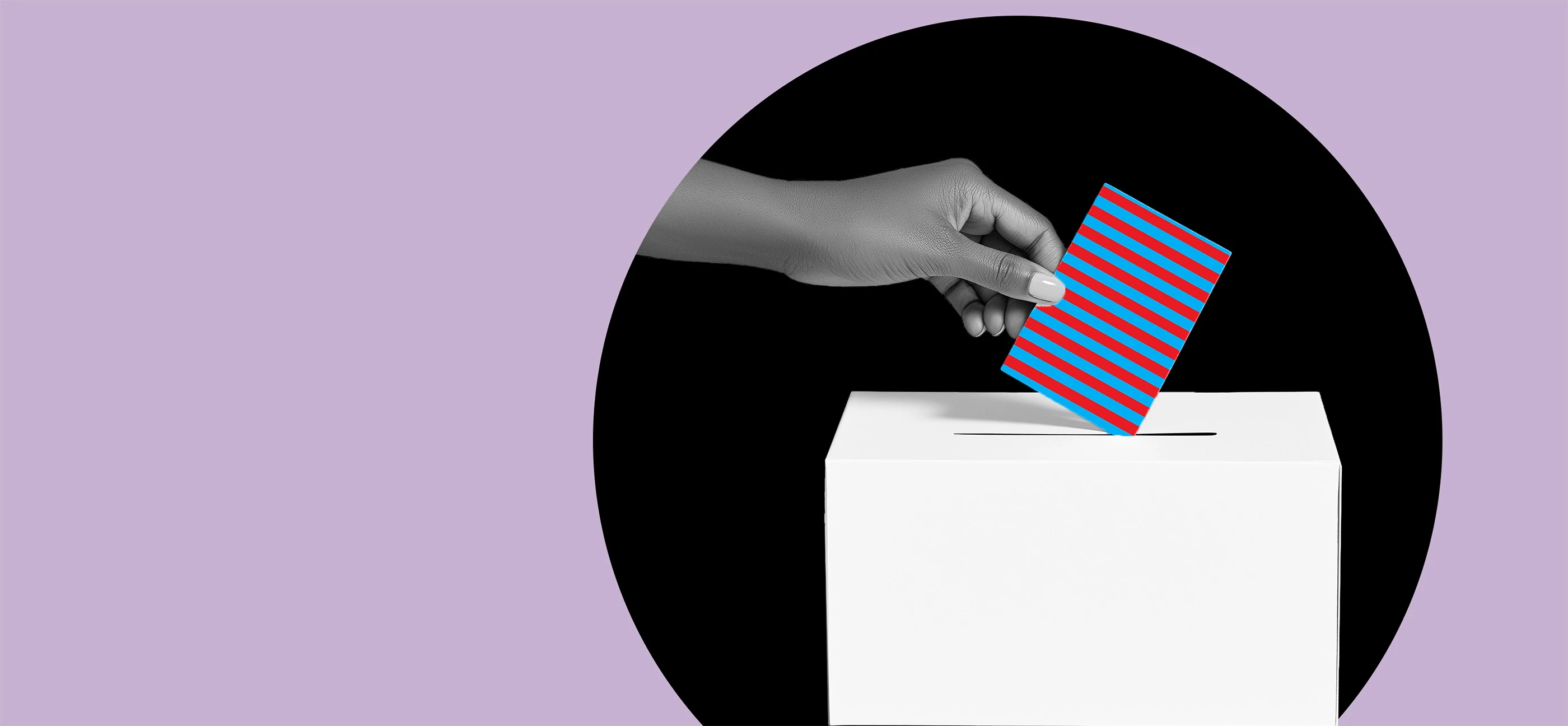
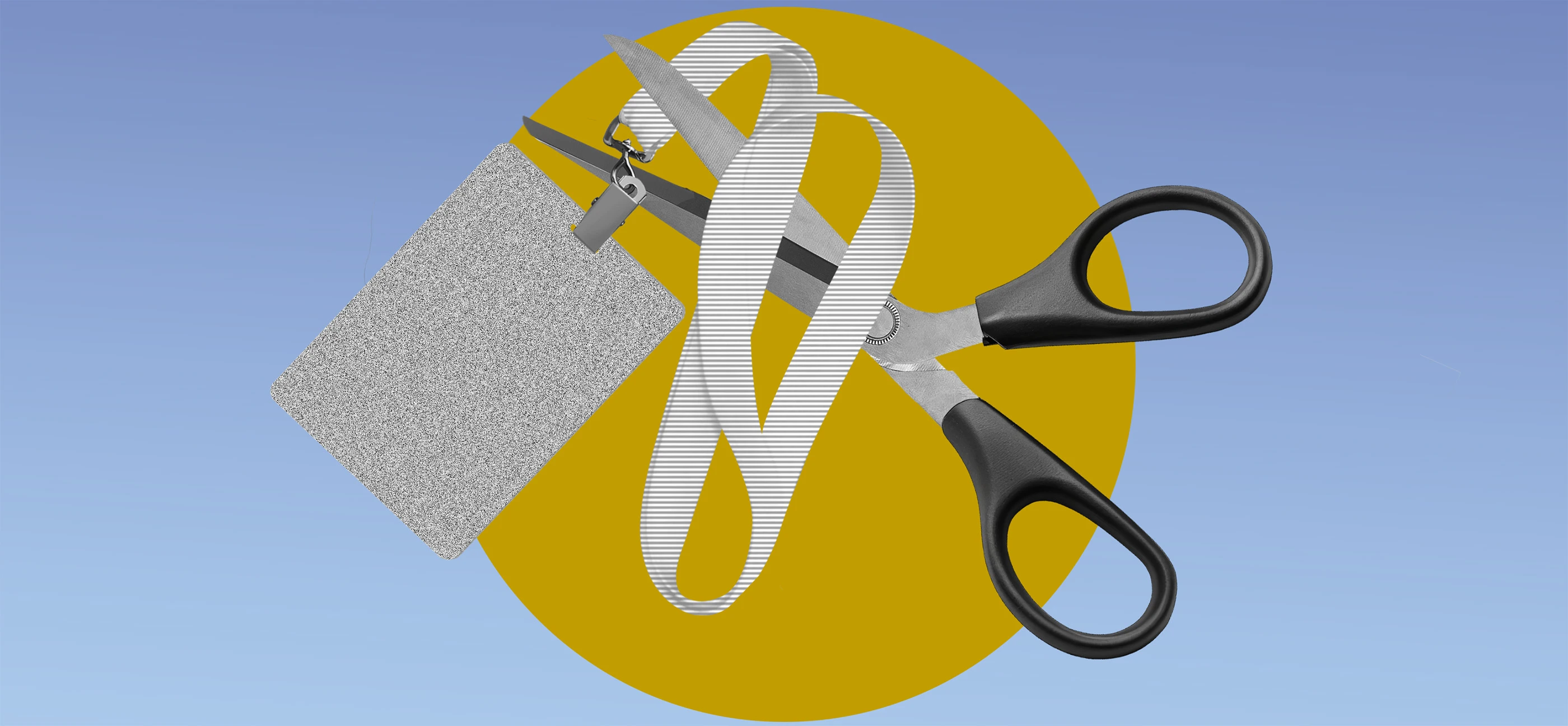









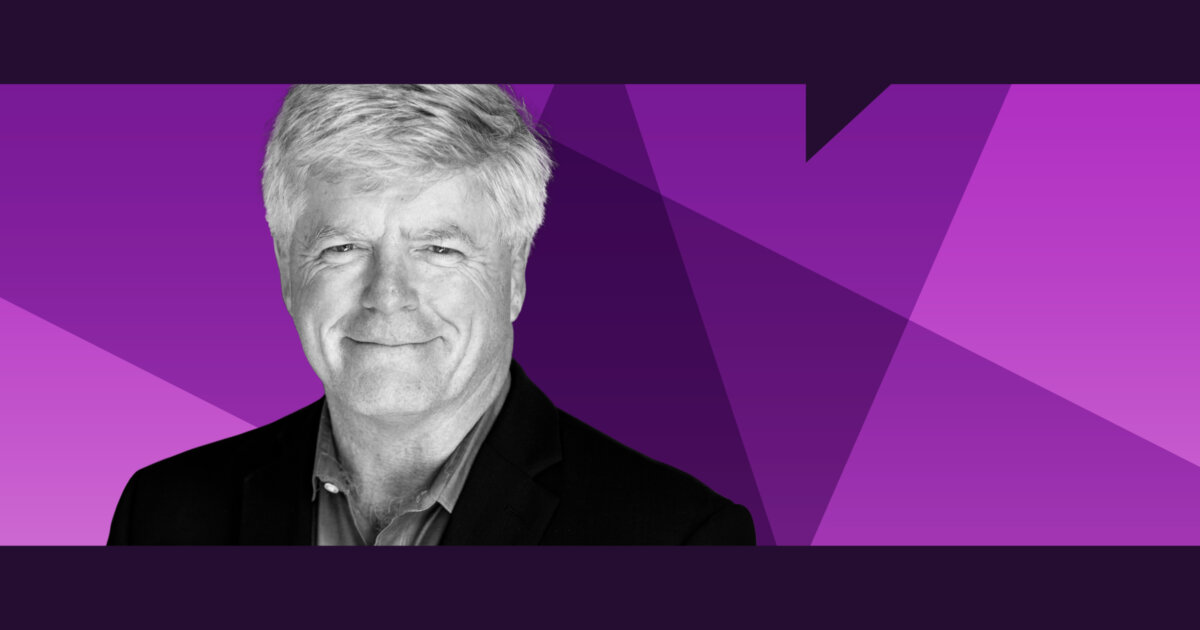
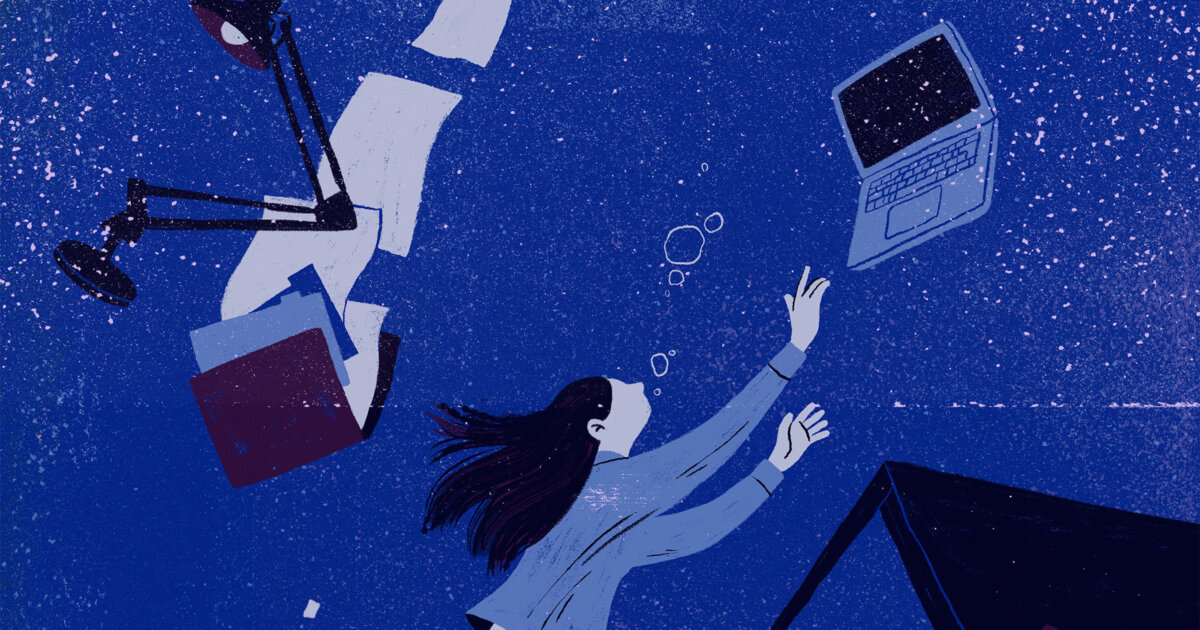
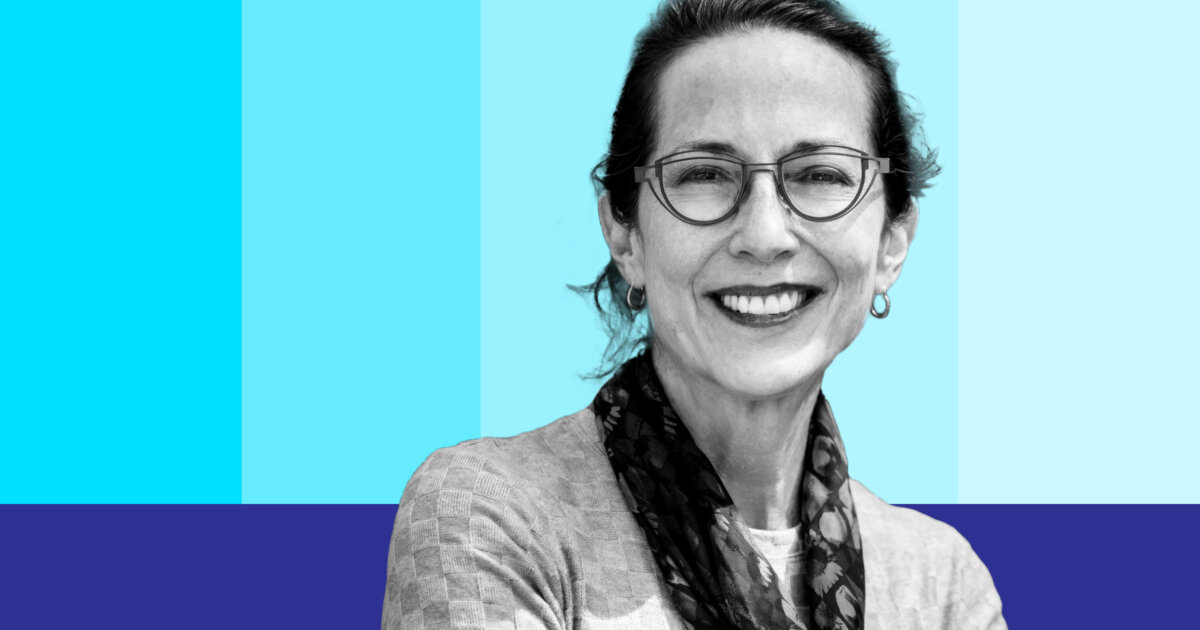
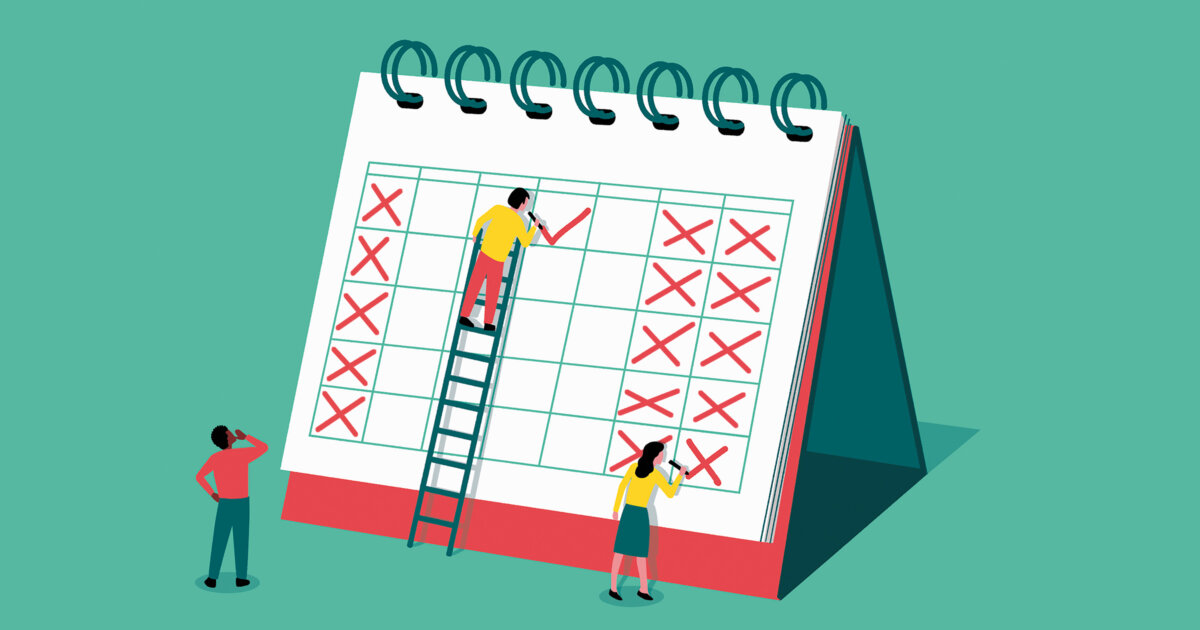

















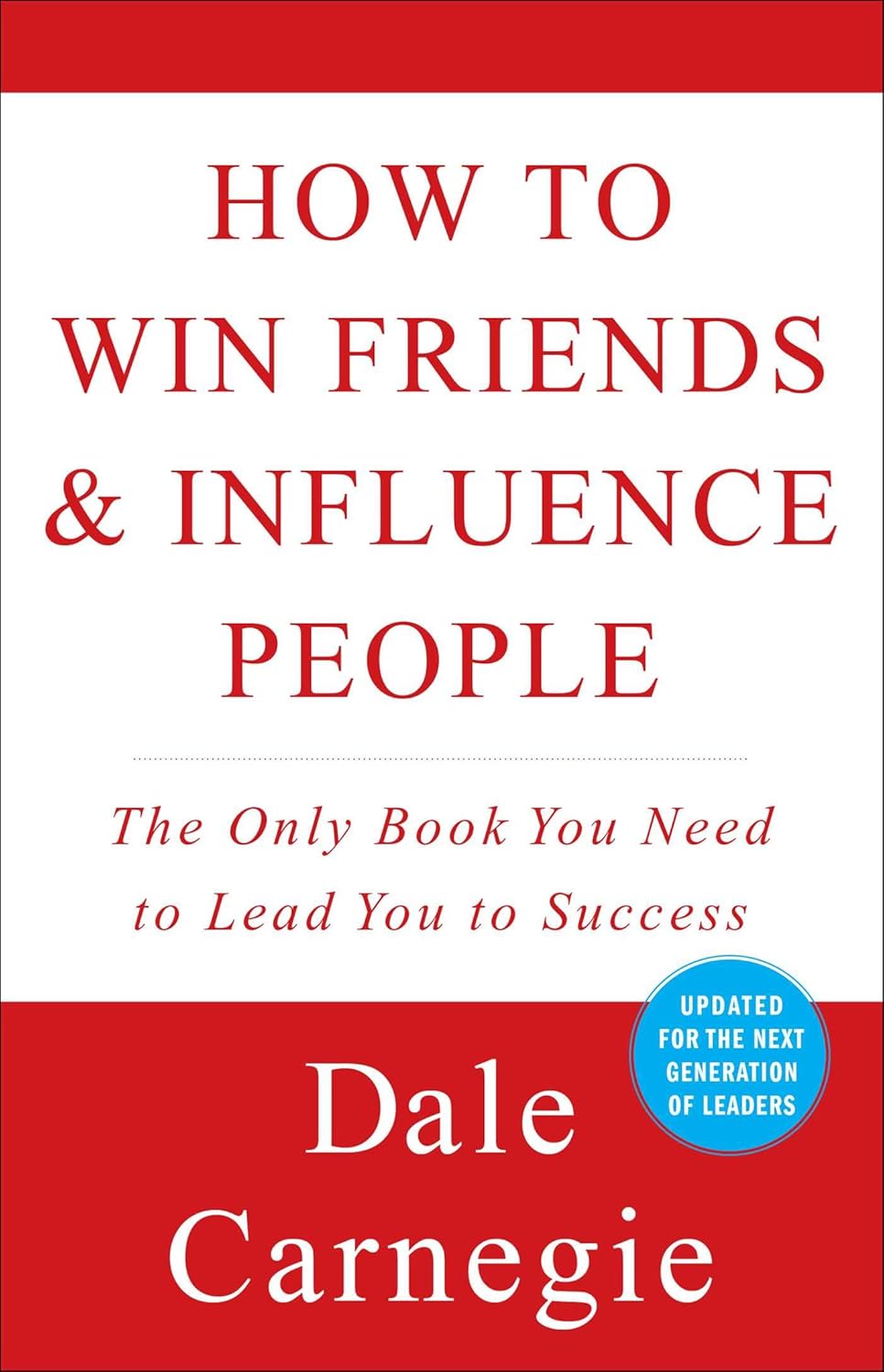
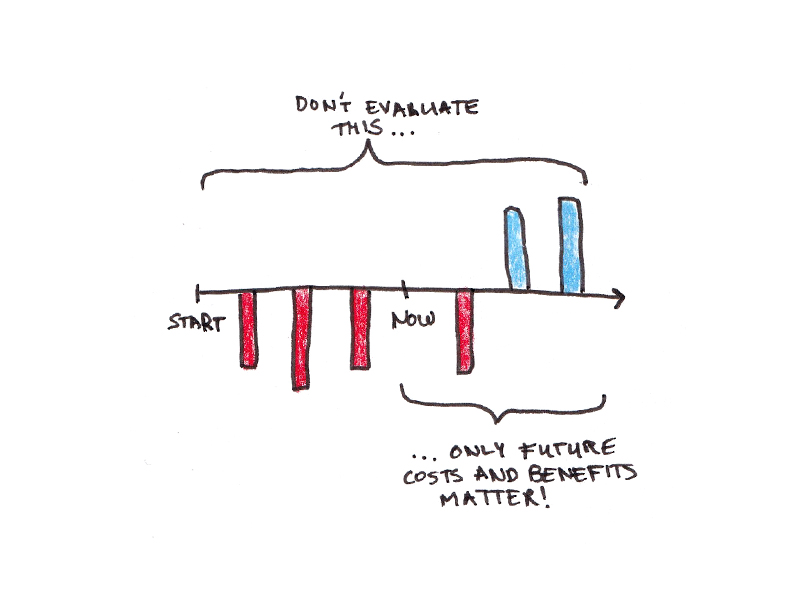
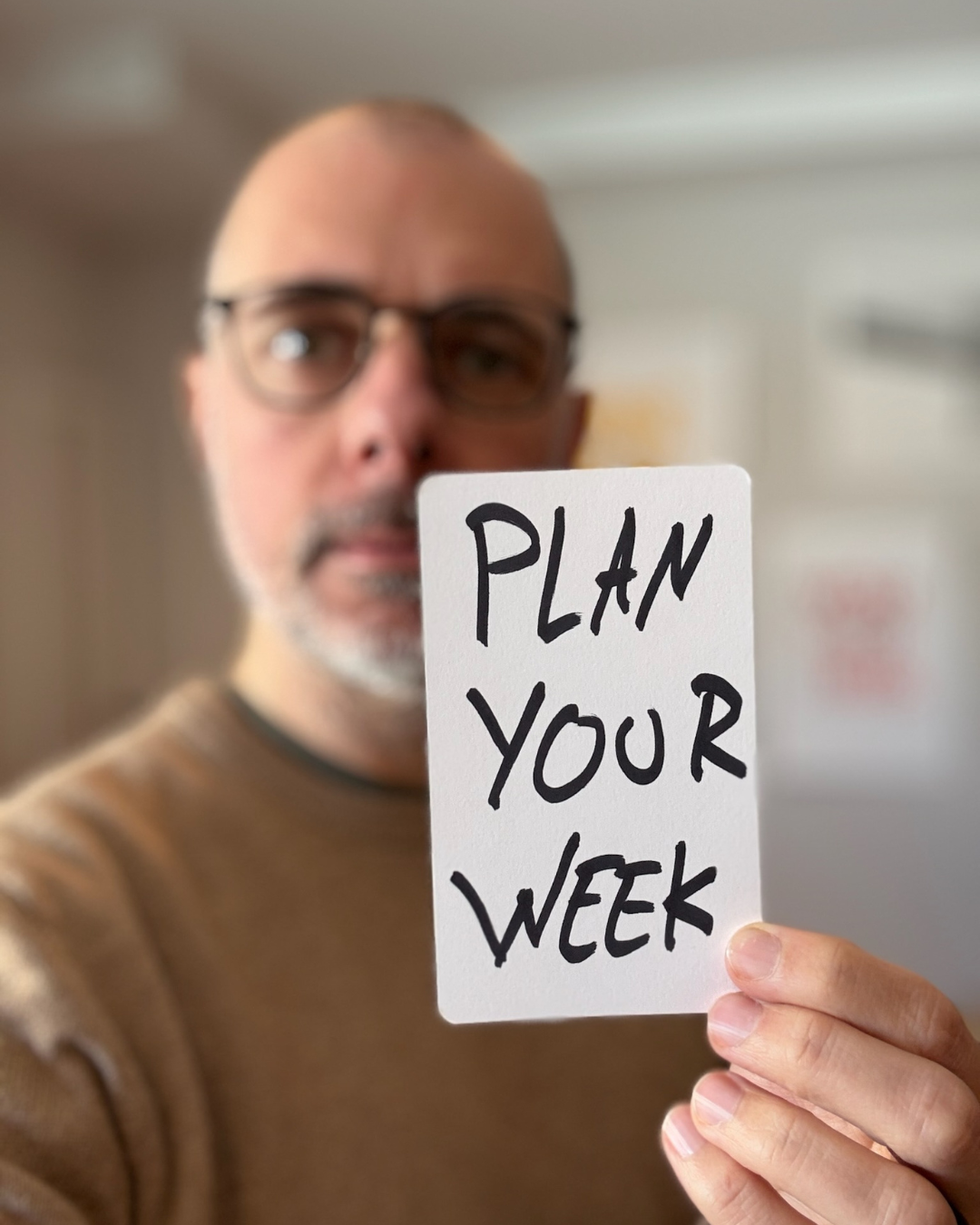
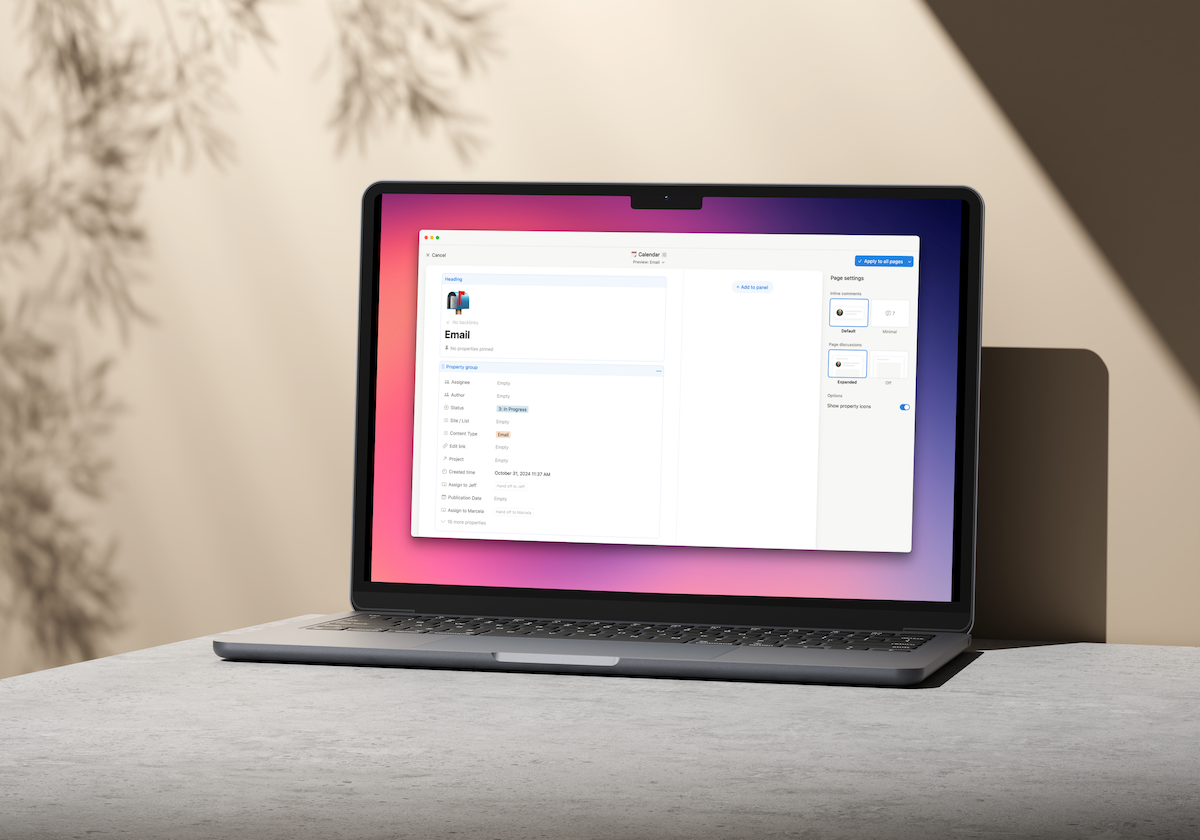
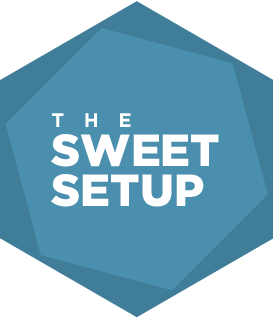






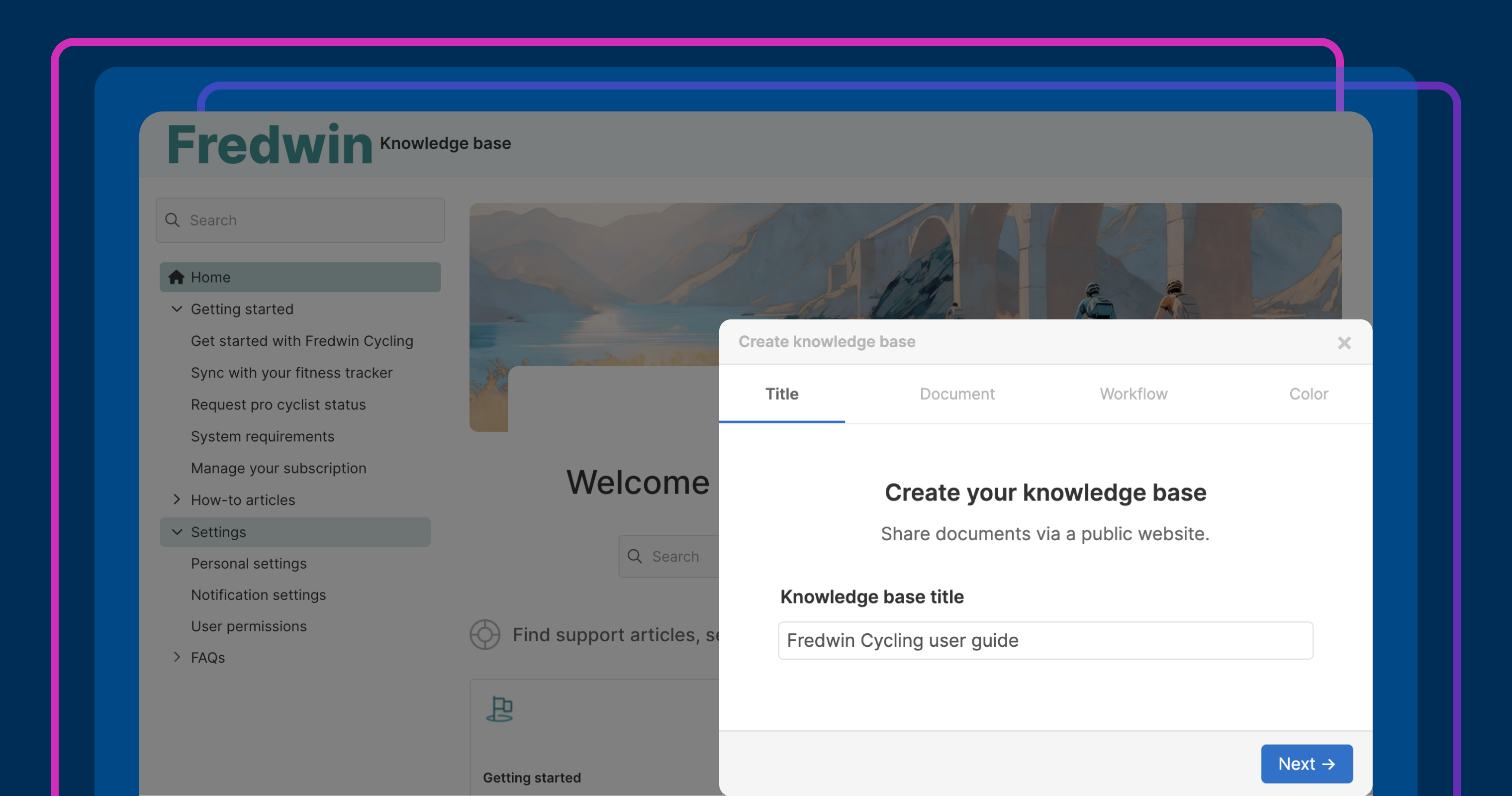

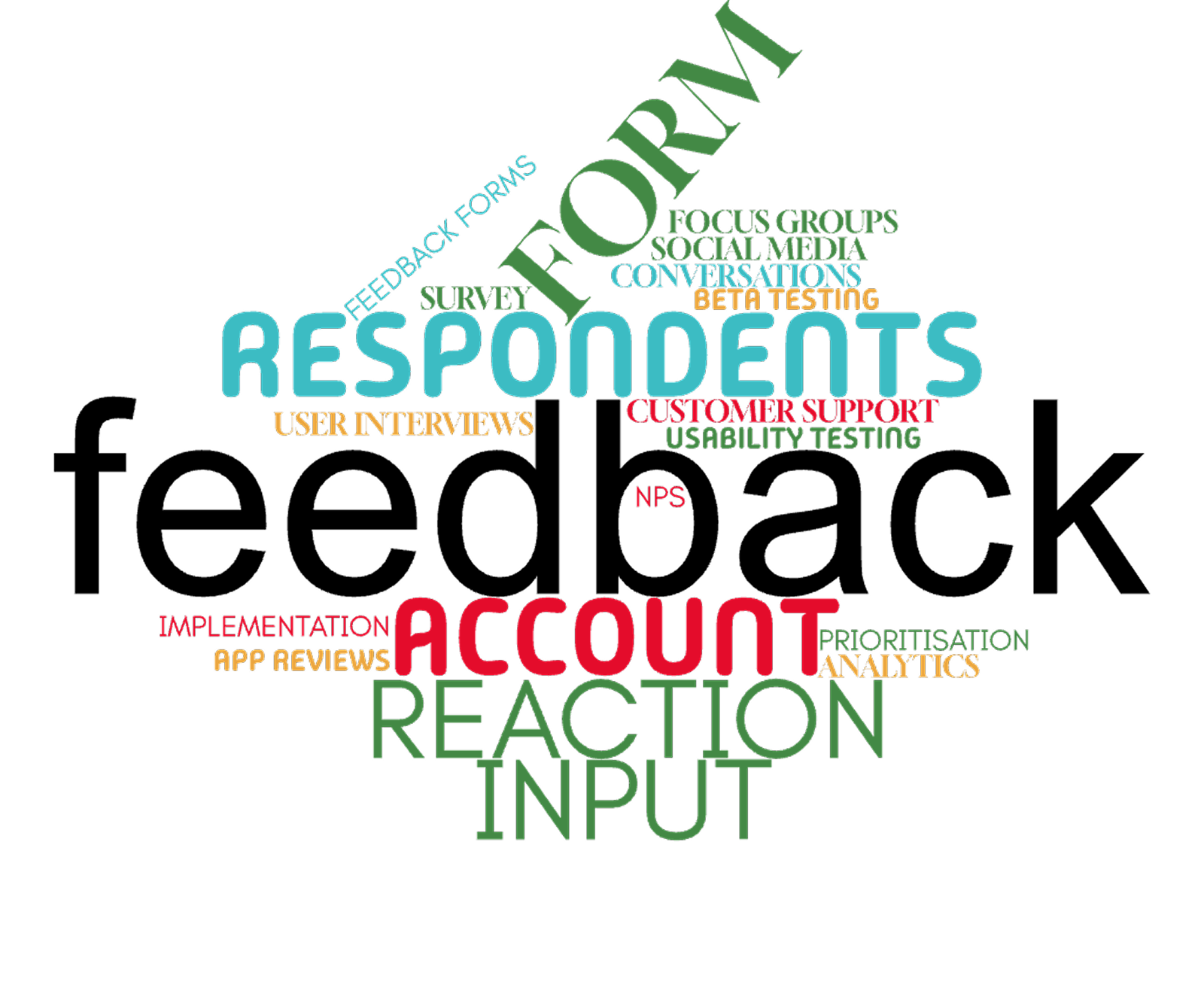
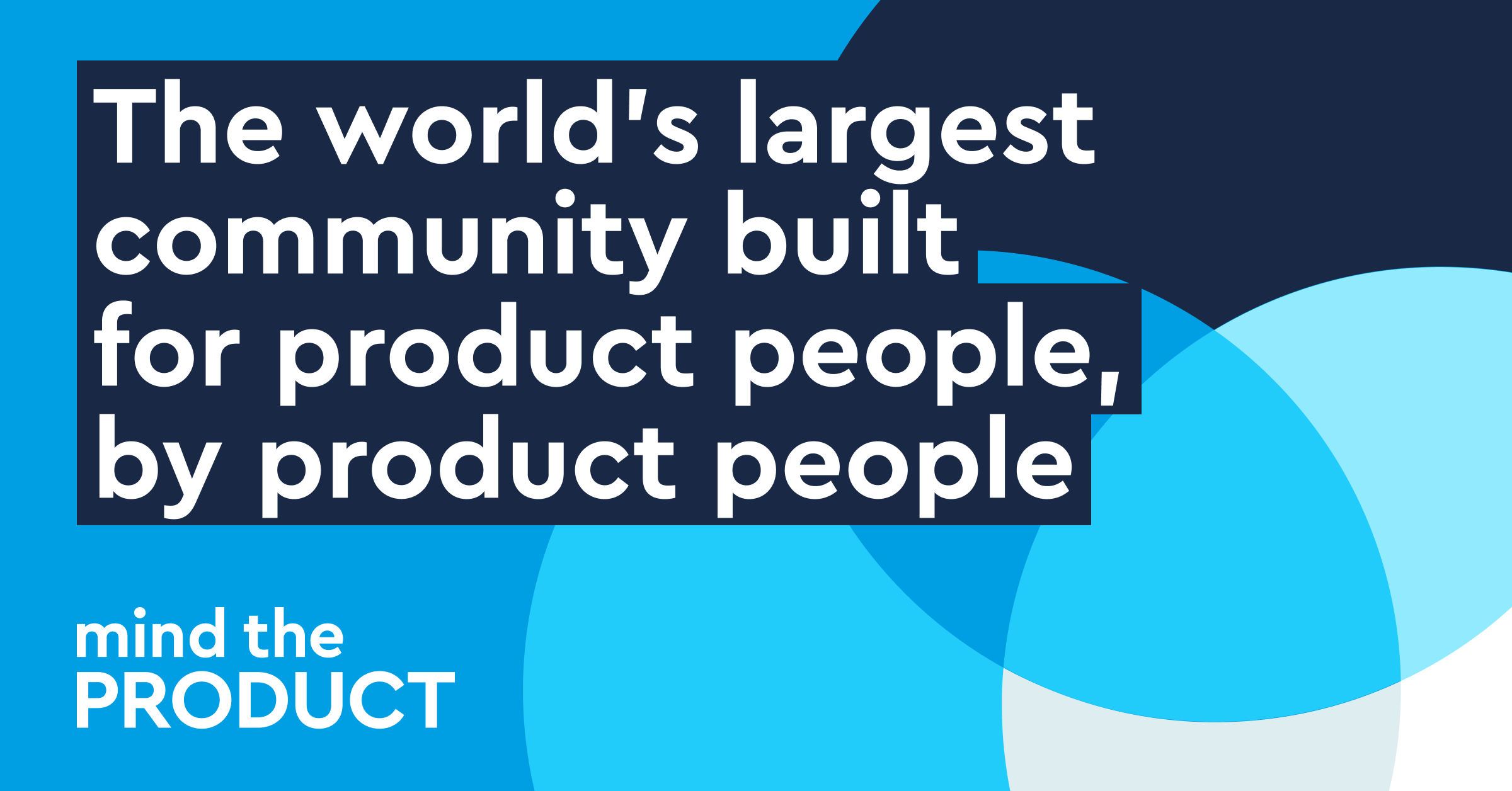
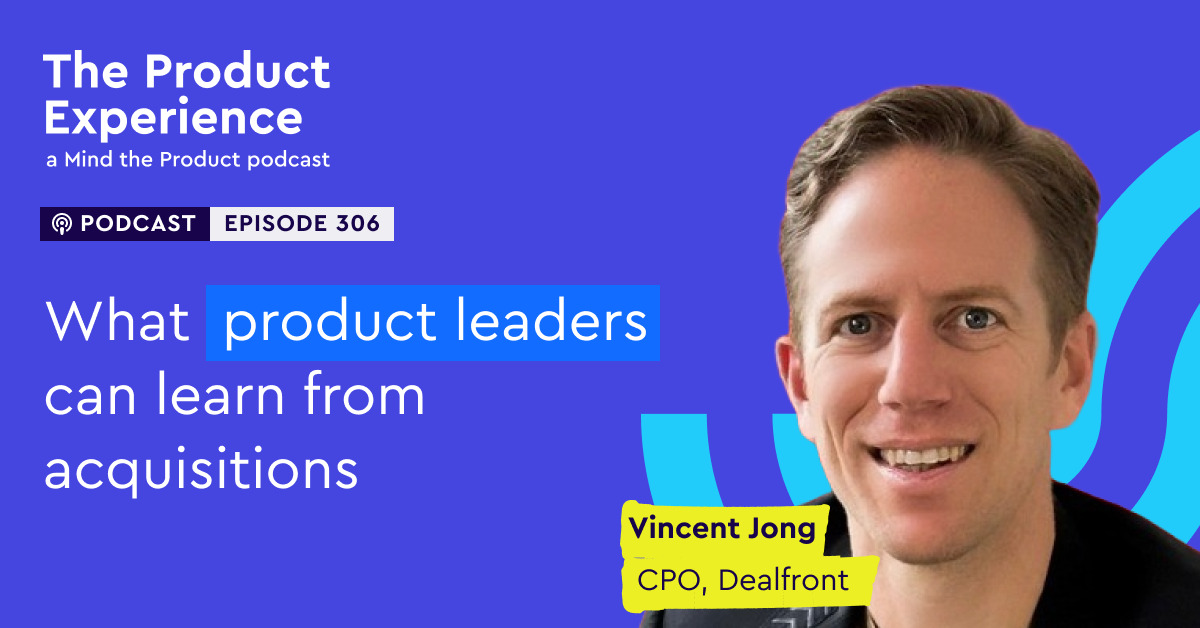
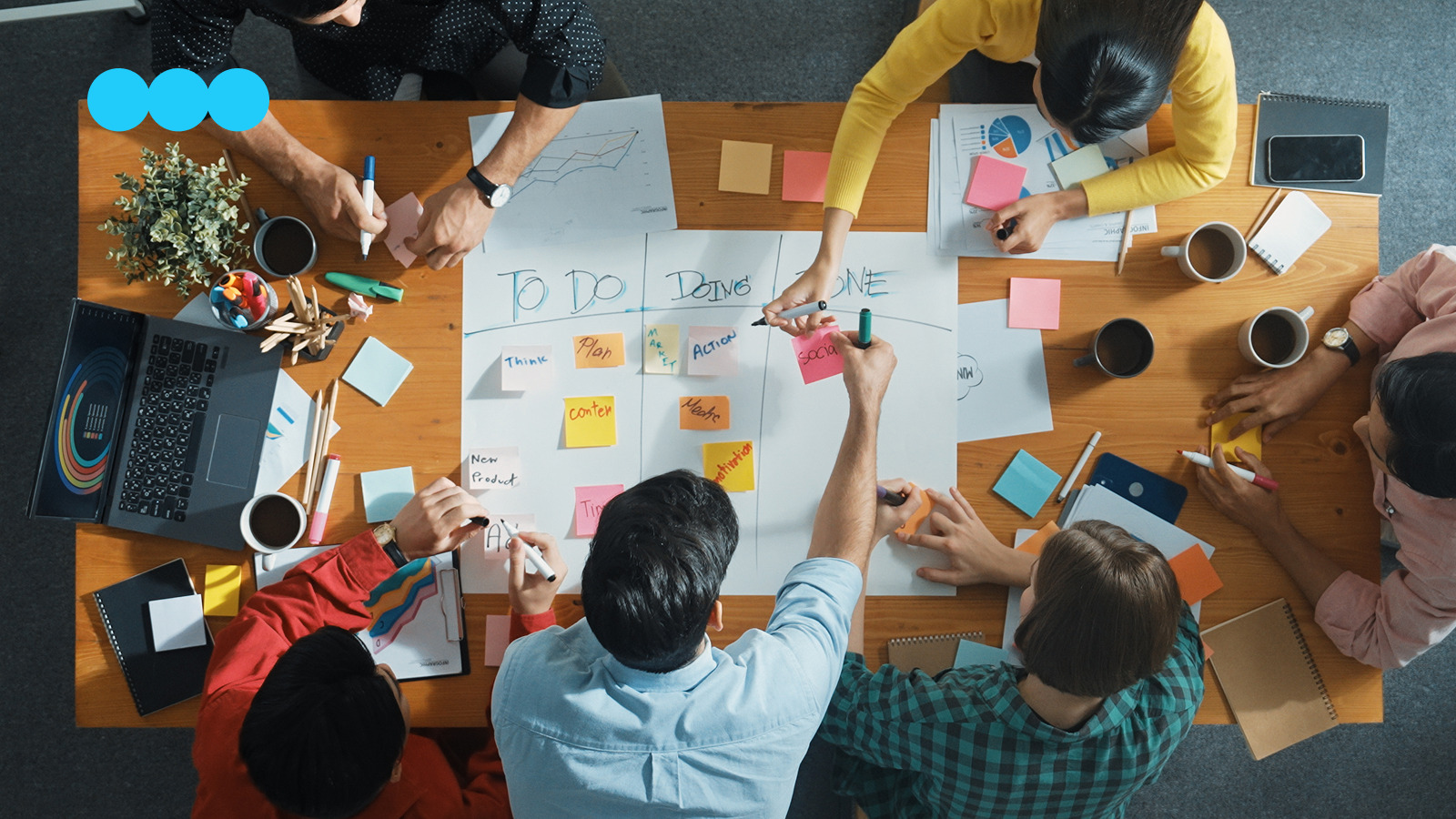
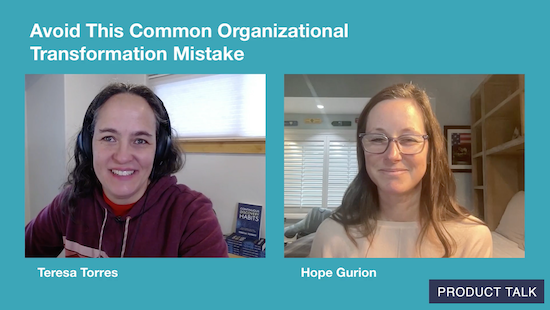
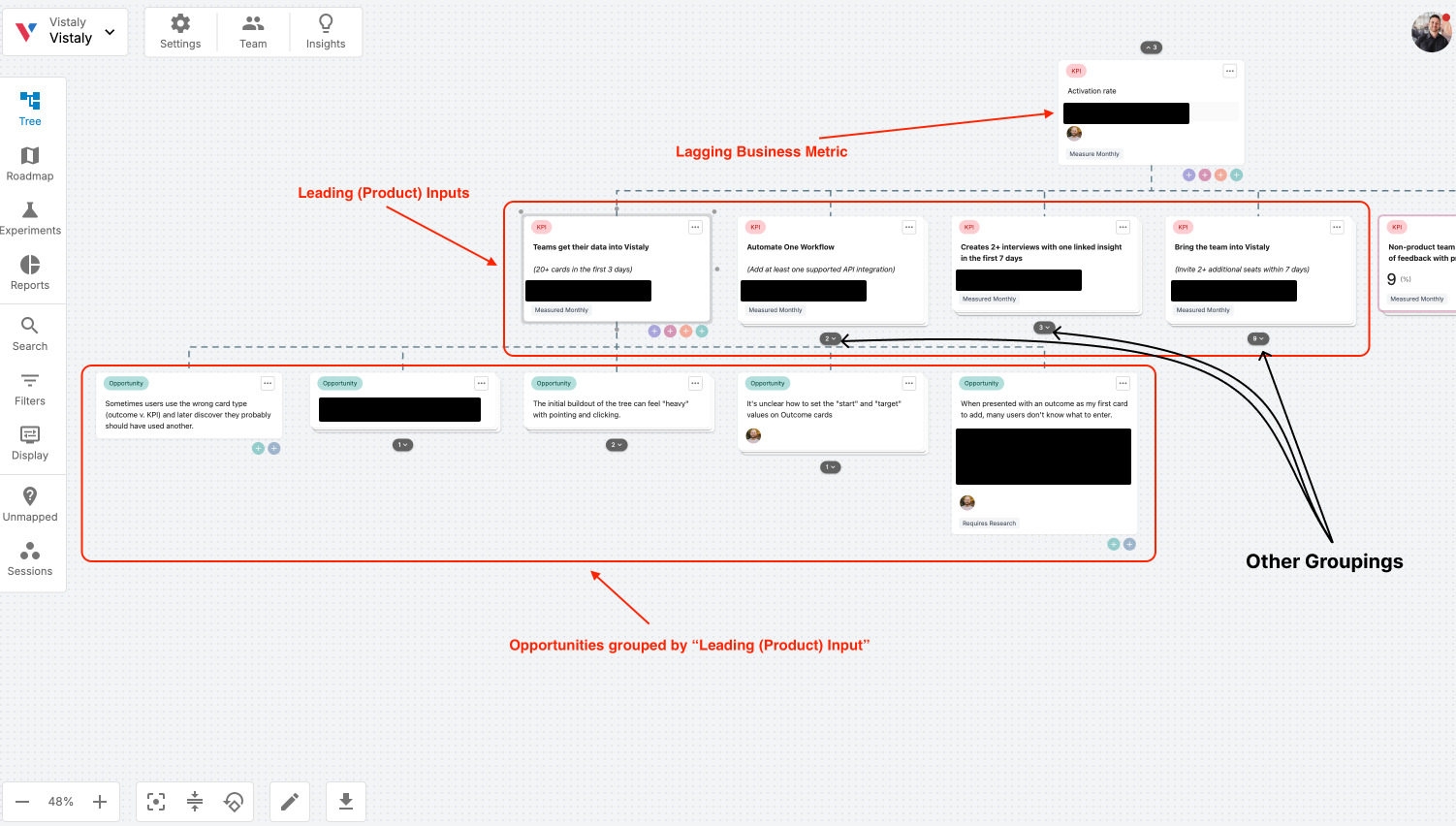
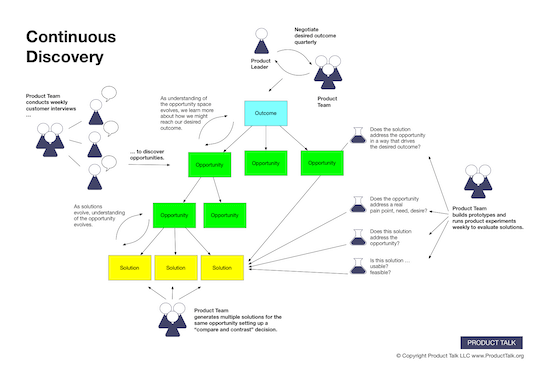
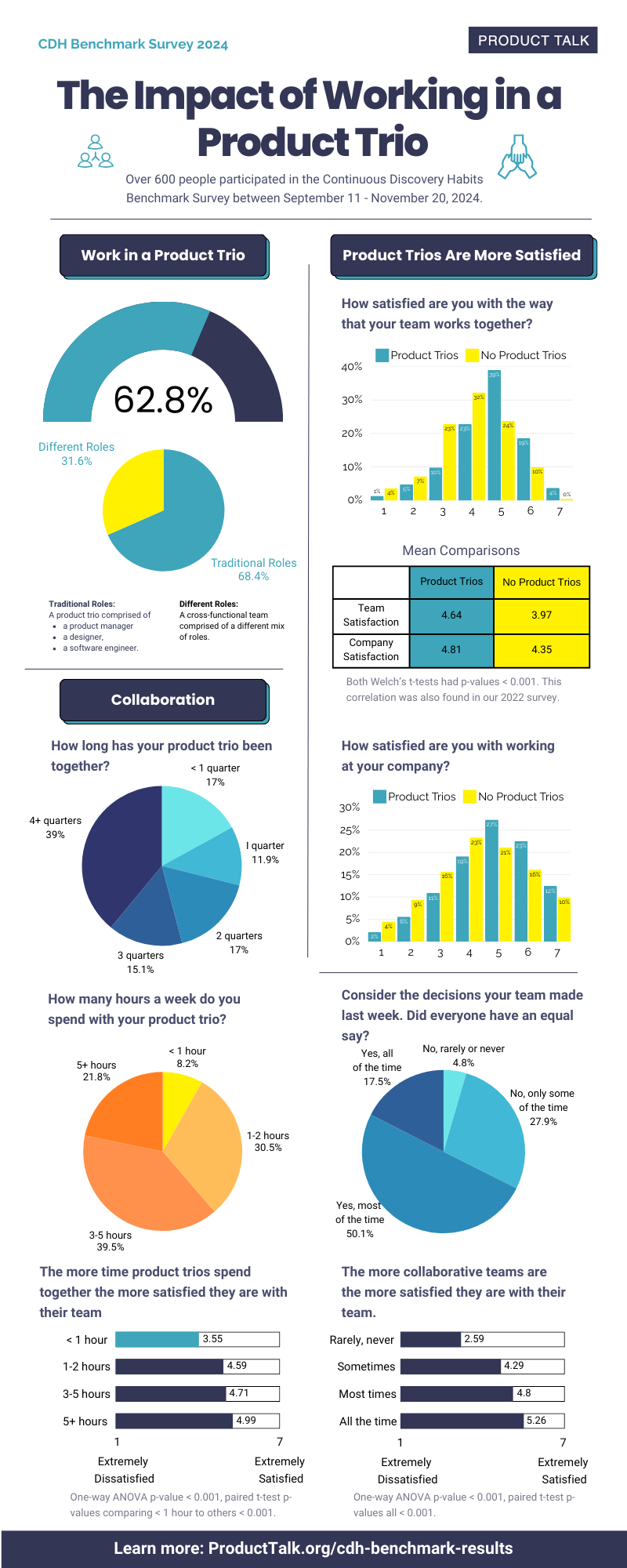
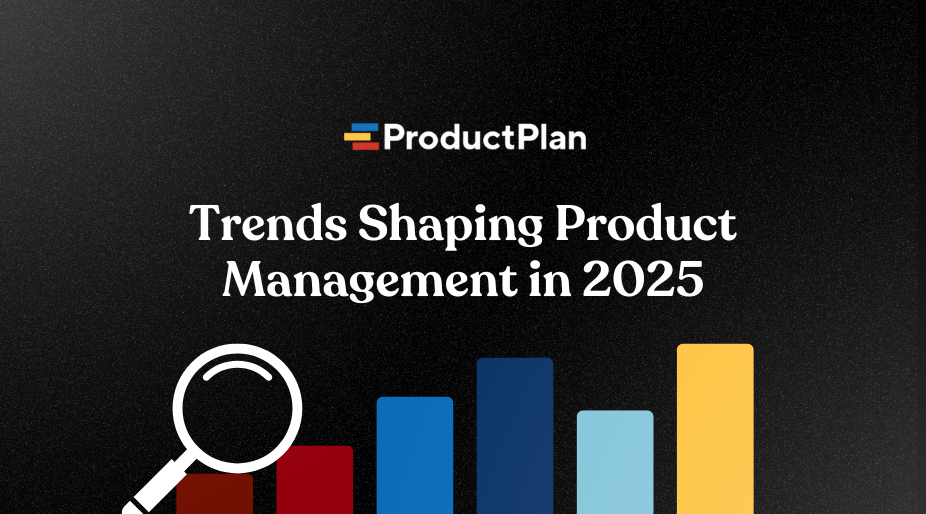


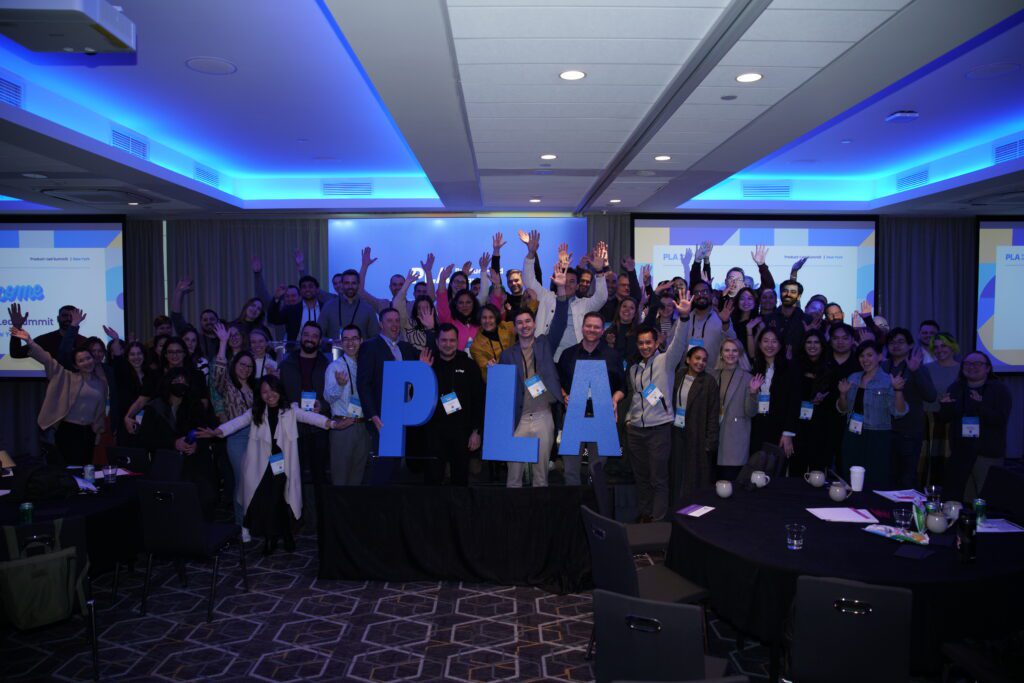





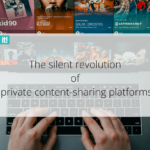
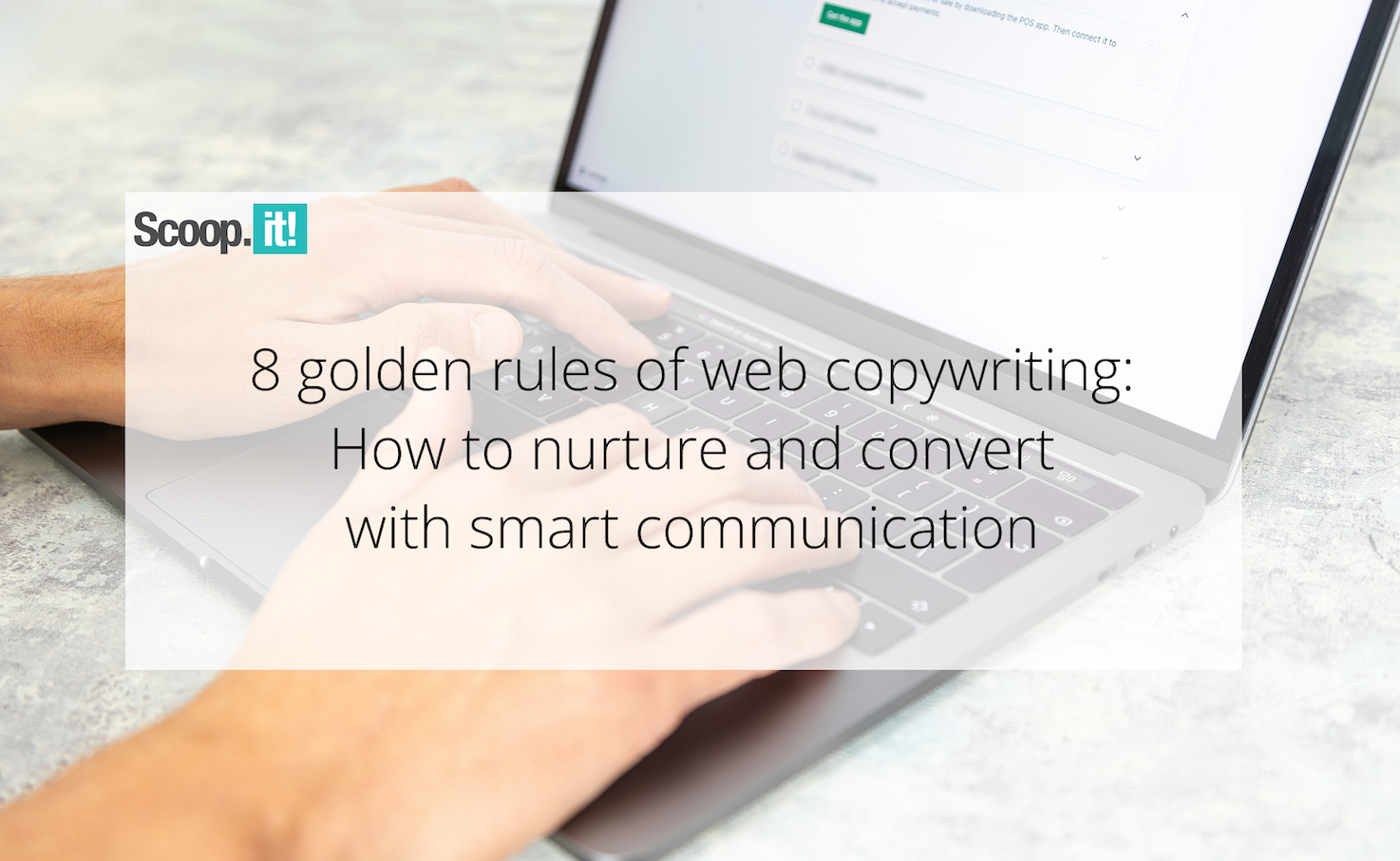
![How One Brand Solved the Marketing Attribution Puzzle [Video]](https://contentmarketinginstitute.com/wp-content/uploads/2025/03/marketing-attribution-model-600x338.png?#)

![Building A Digital PR Strategy: 10 Essential Steps for Beginners [With Examples]](https://buzzsumo.com/wp-content/uploads/2023/09/Building-A-Digital-PR-Strategy-10-Essential-Steps-for-Beginners-With-Examples-bblog-masthead.jpg)
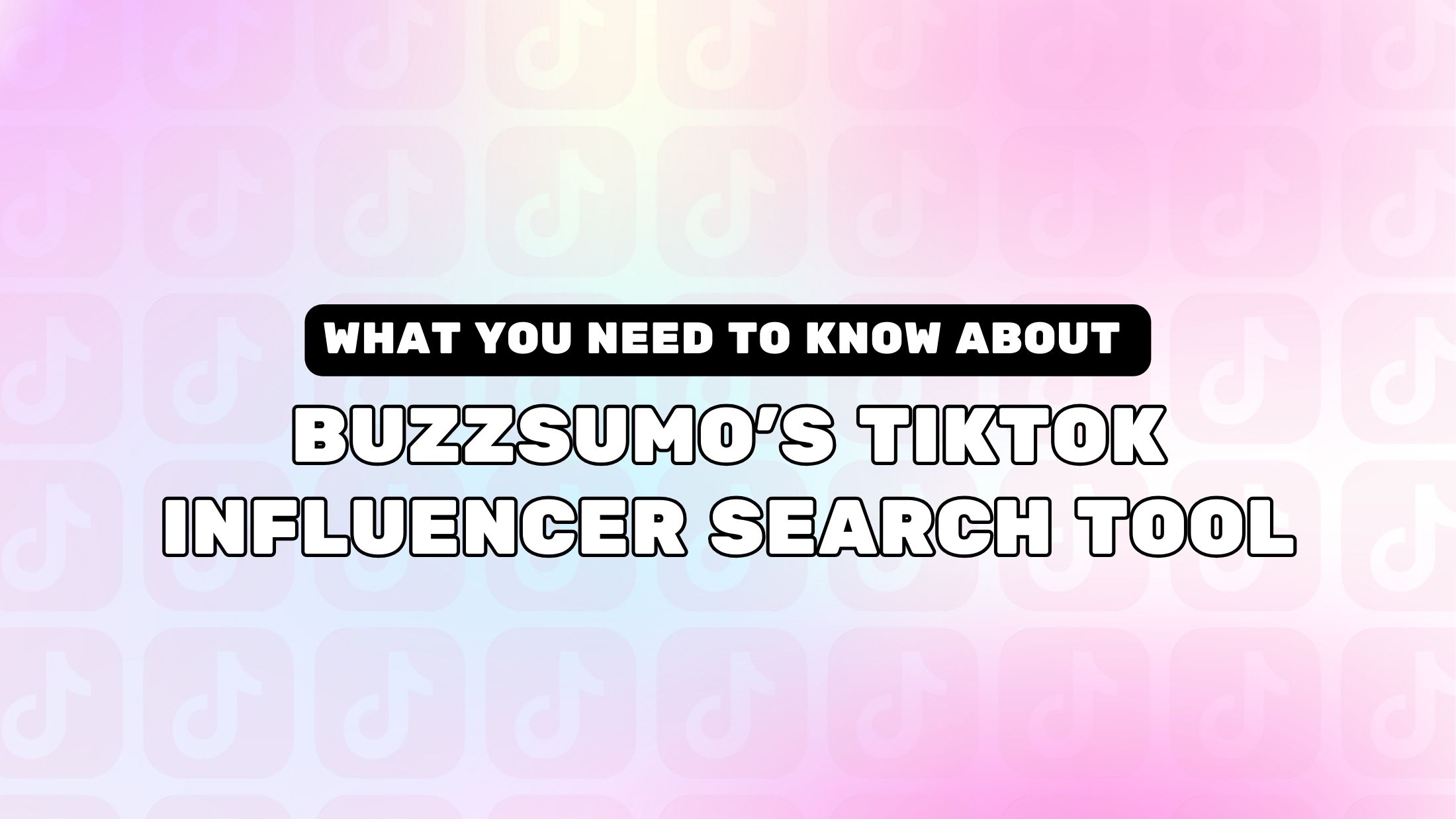
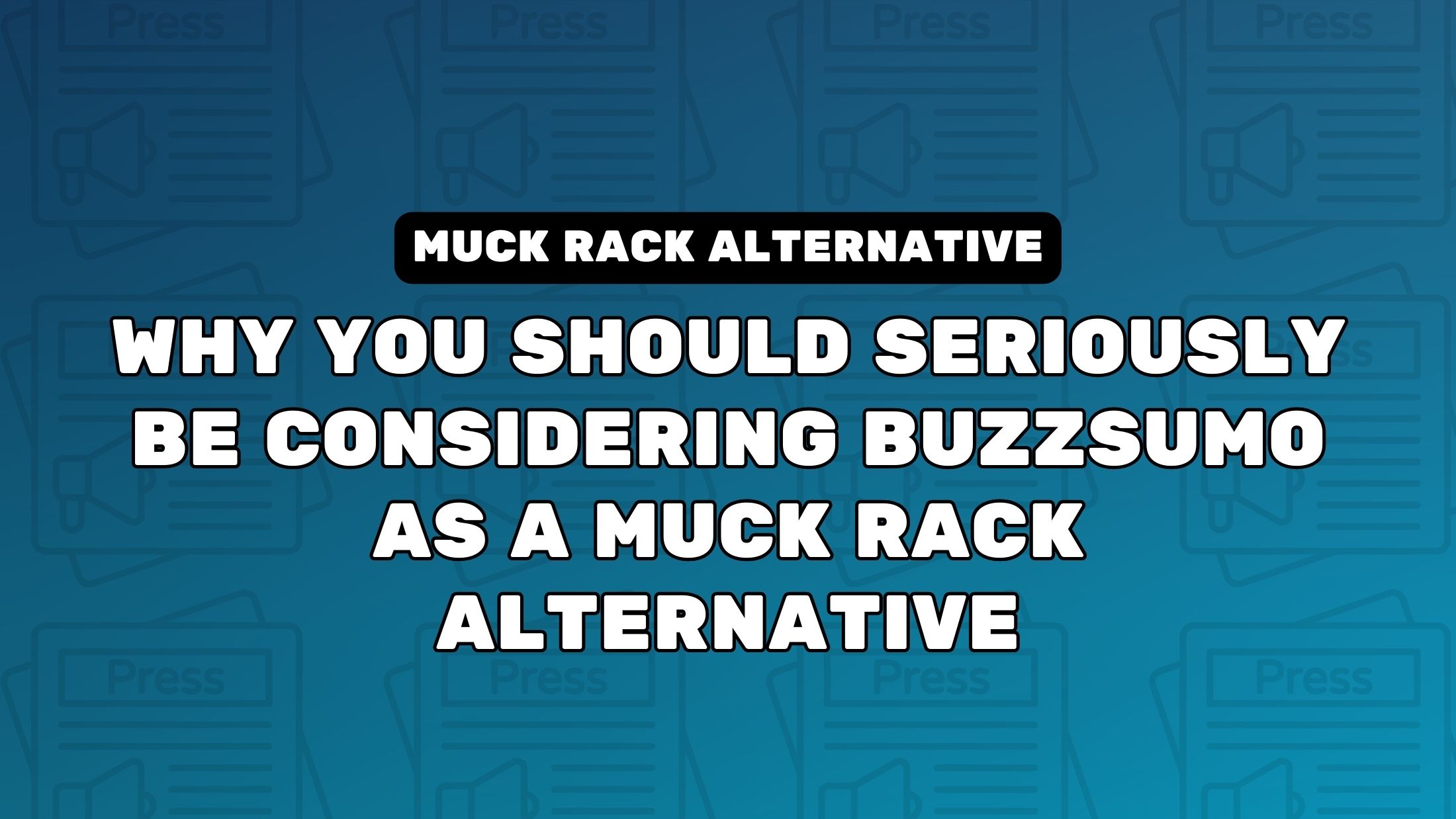
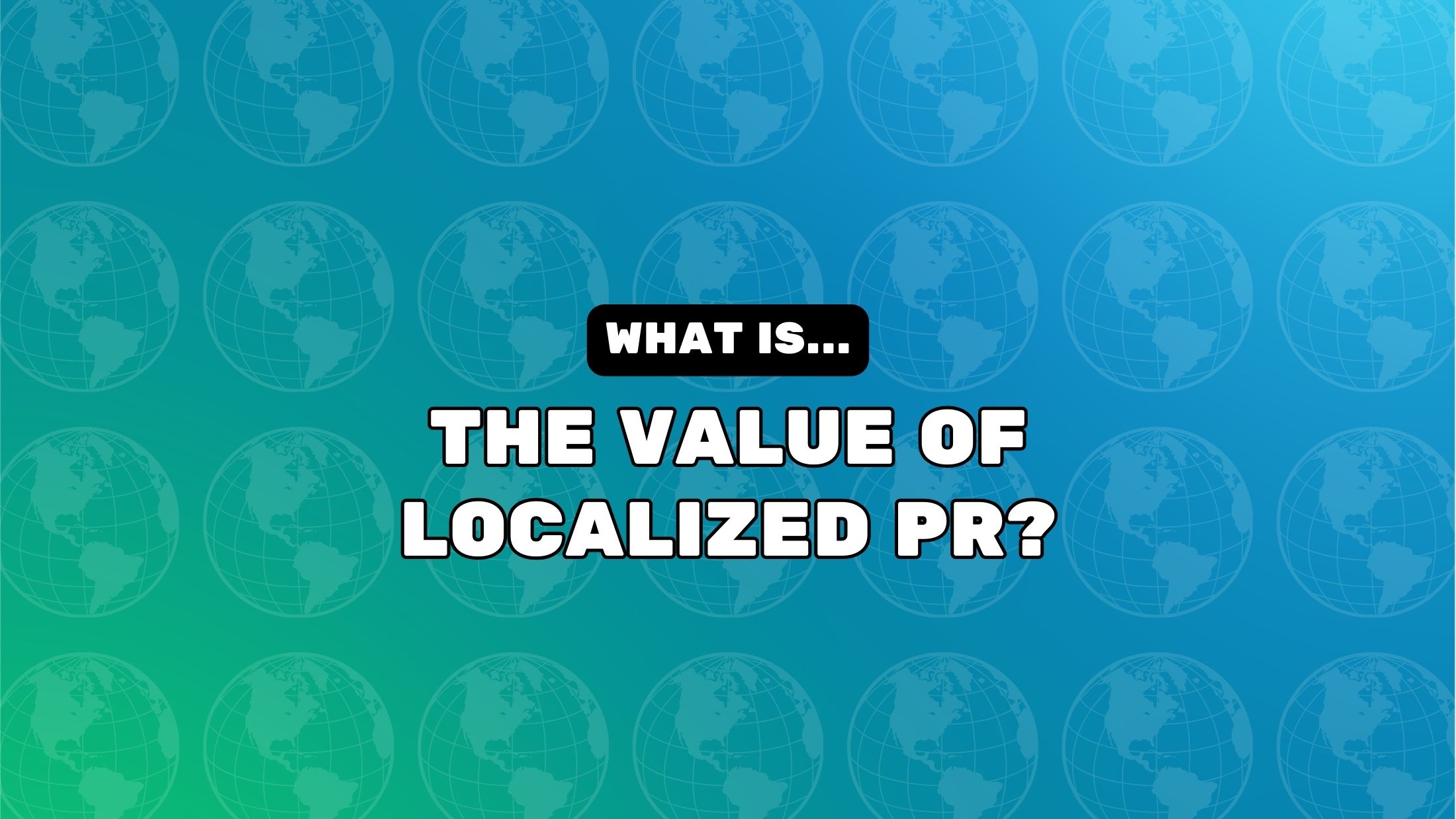






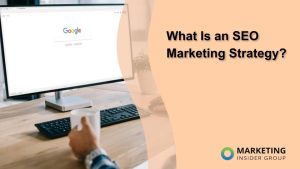
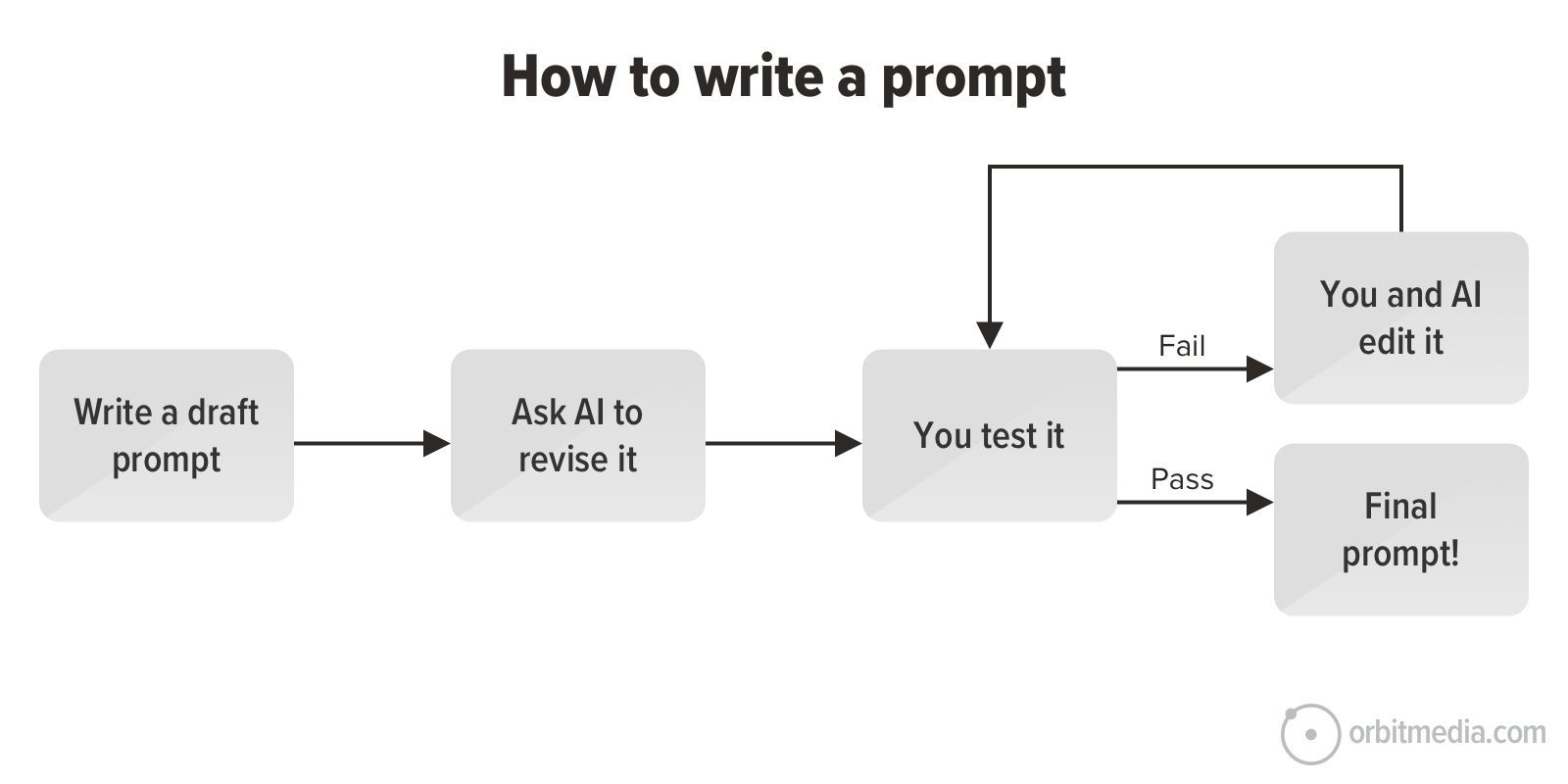
![How to Use GA4 to Track Social Media Traffic: 6 Questions, Answers and Insights [VIDEO]](https://www.orbitmedia.com/wp-content/uploads/2023/06/ab-testing.png)
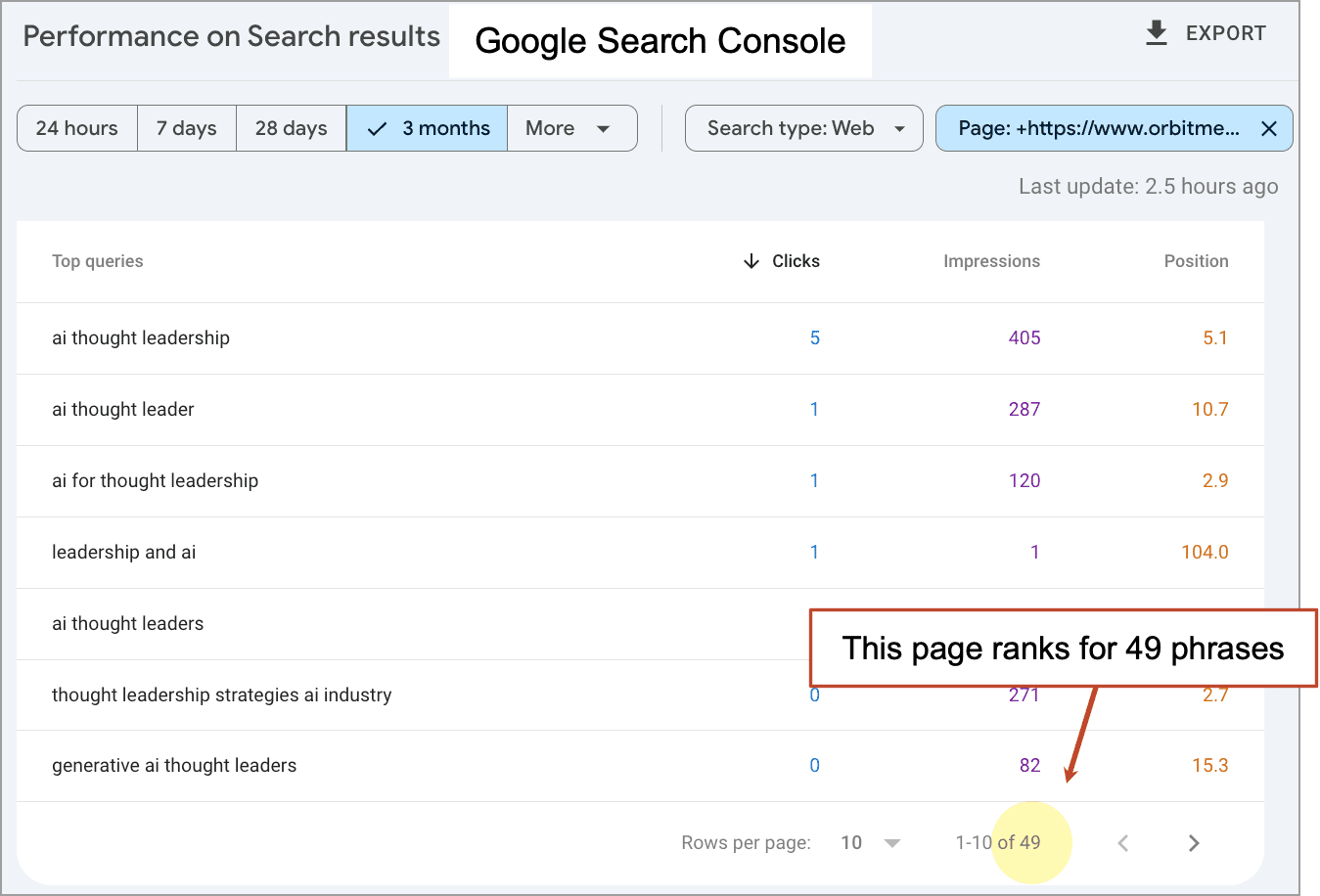
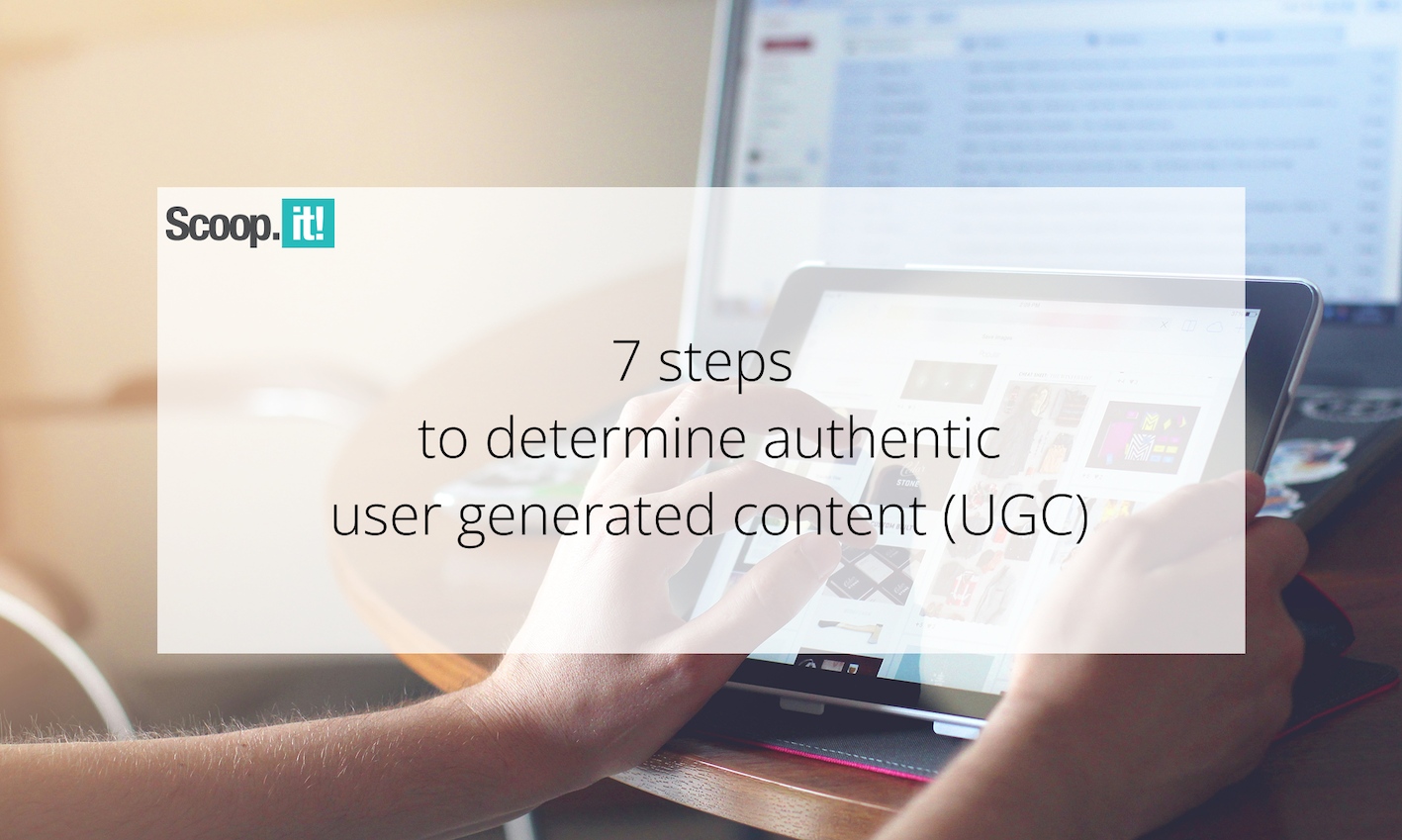

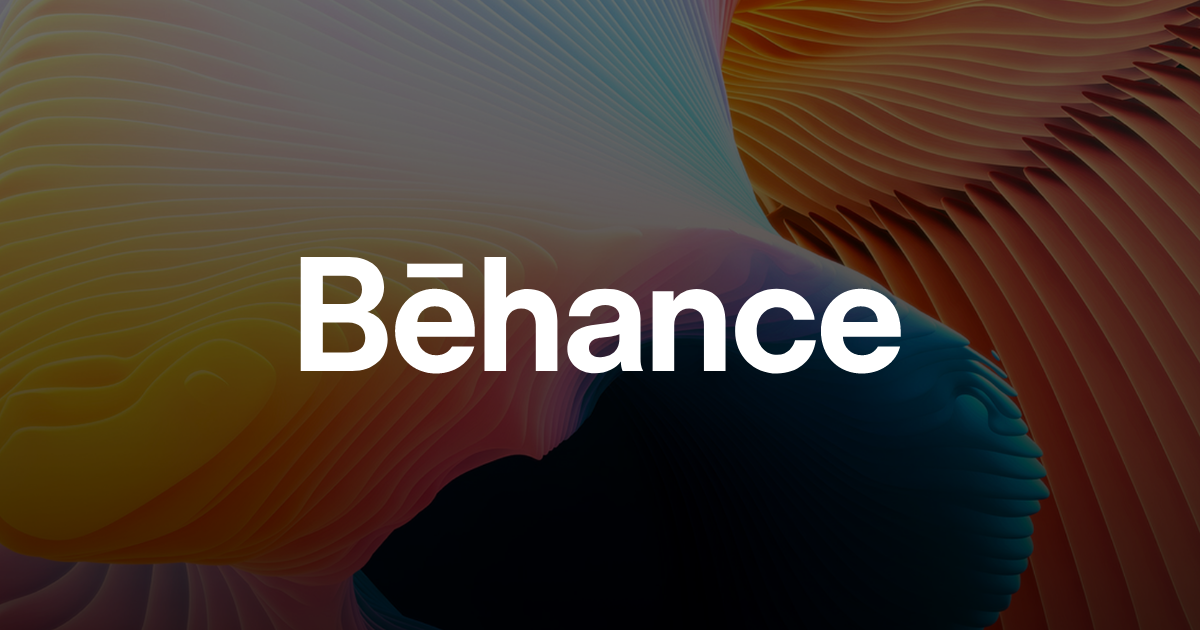
![[HYBRID] ?? Graphic Designer](https://a5.behance.net/cbf14bc4db9a71317196ed0ed346987c1adde3bb/img/site/generic-share.png)


